-
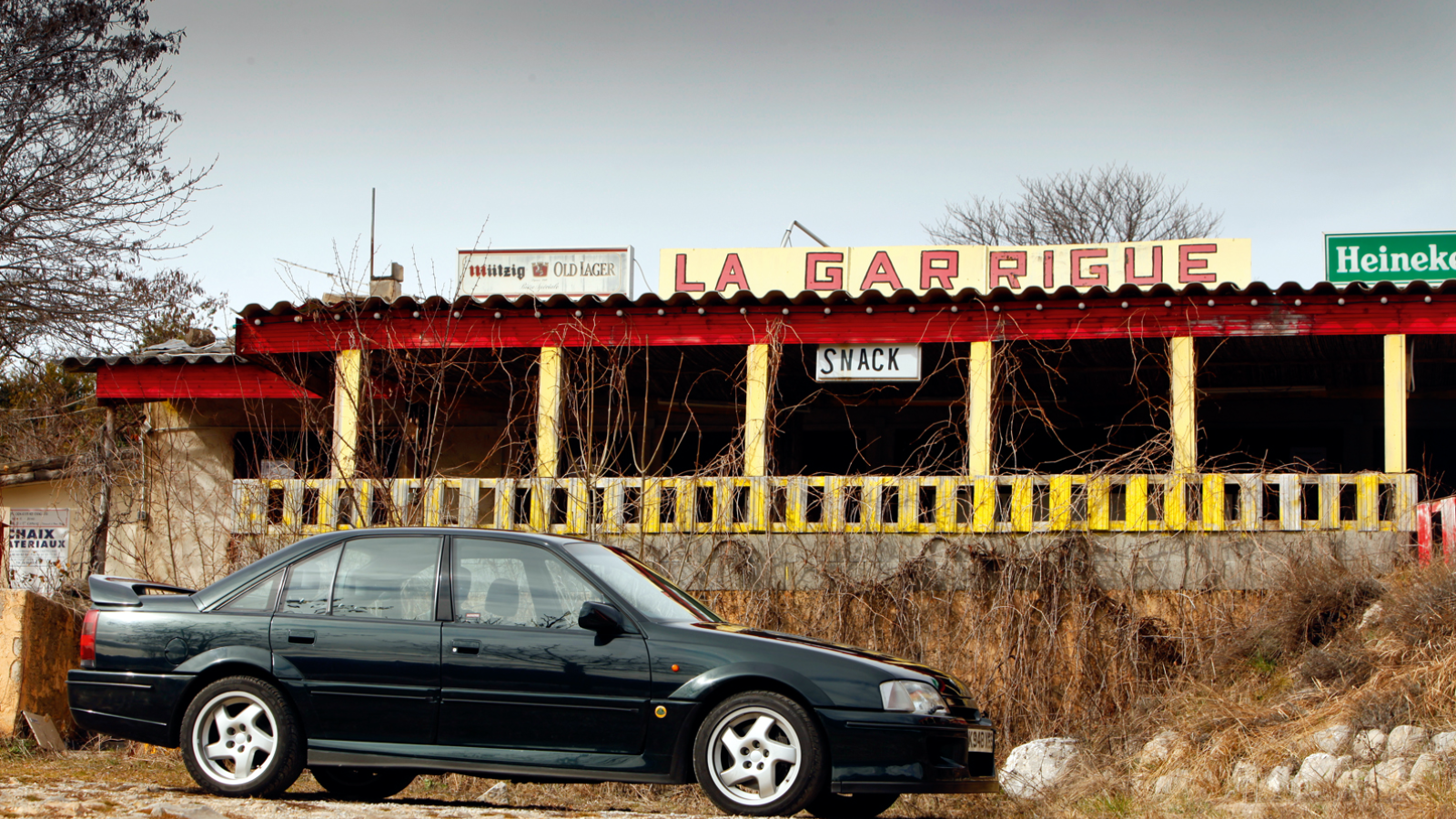 © Classic & Sports Car
© Classic & Sports Car -
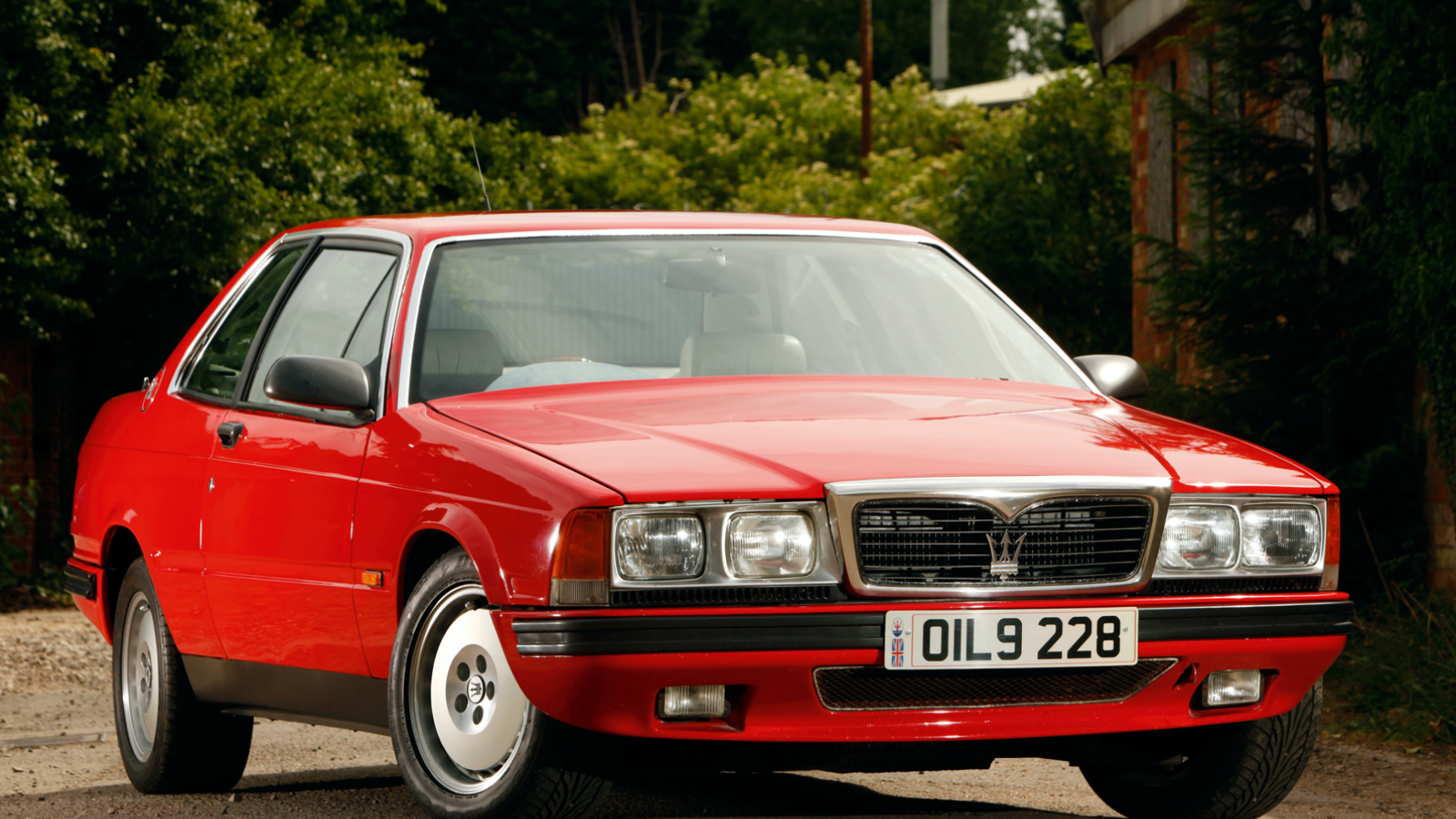 © Classic & Sports Car
© Classic & Sports Car -
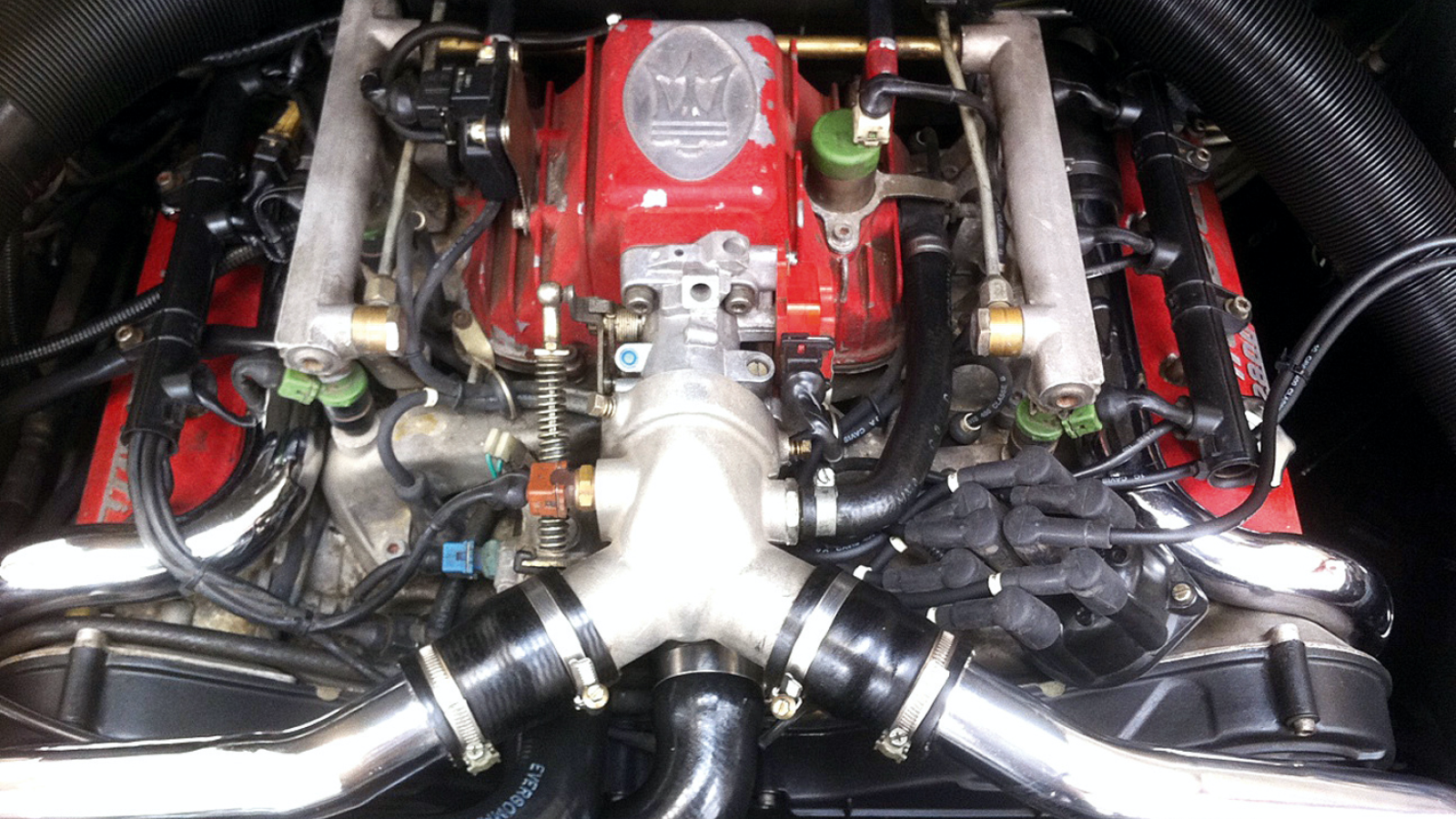 © Classic & Sports Car
© Classic & Sports Car -
 © Newspress
© Newspress -
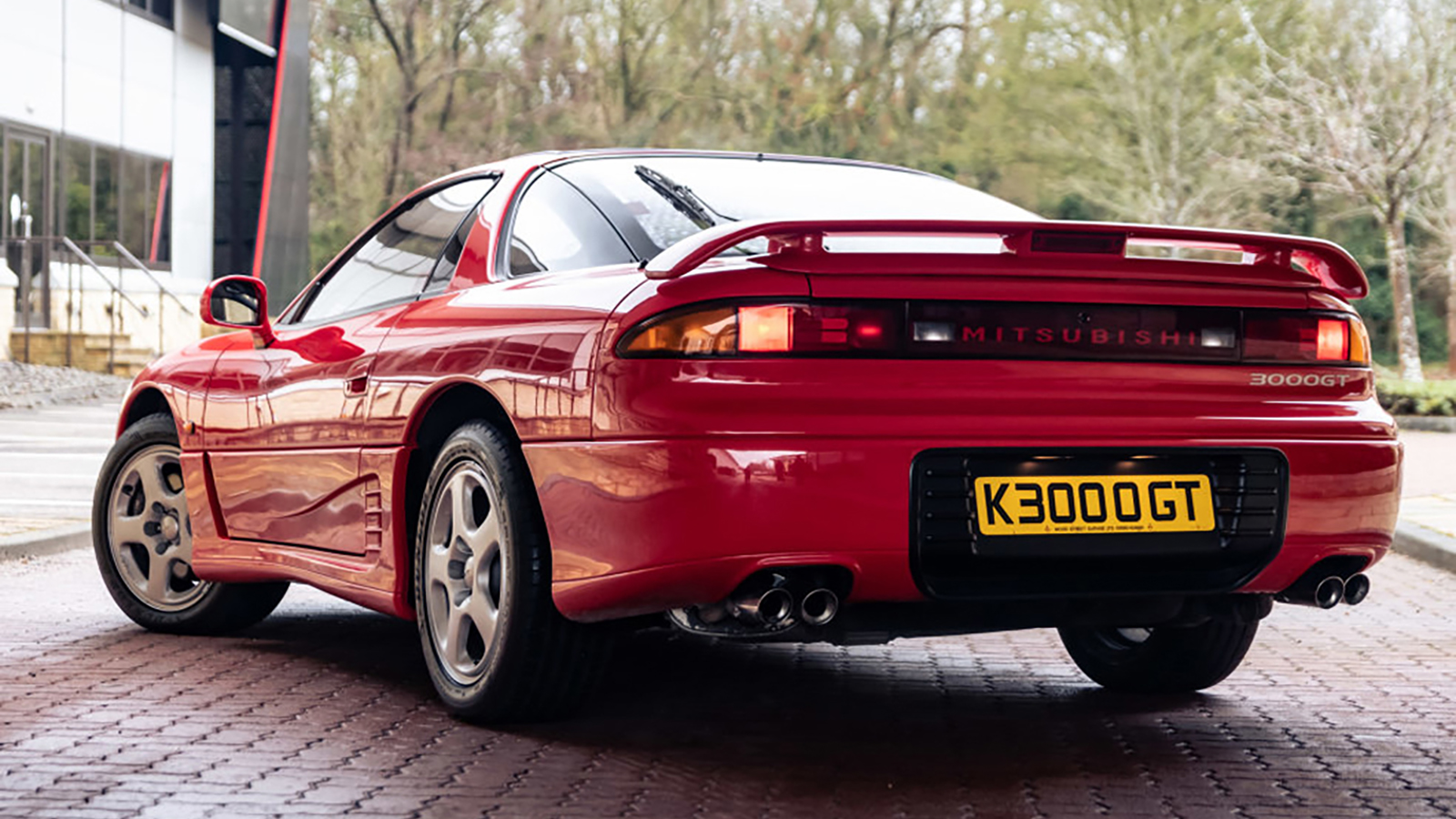 © Newspress
© Newspress -
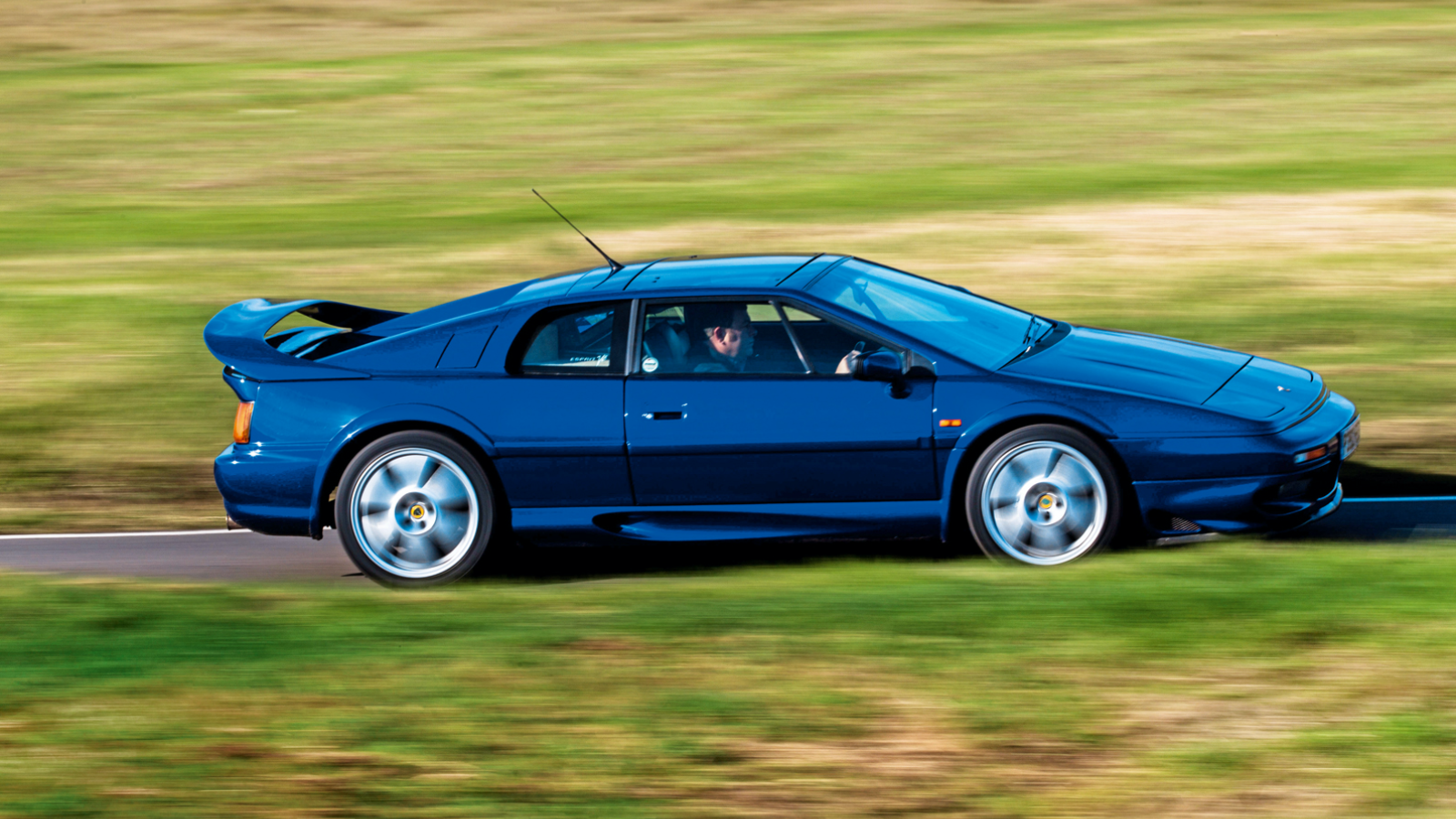 © Classic & Sports Car
© Classic & Sports Car -
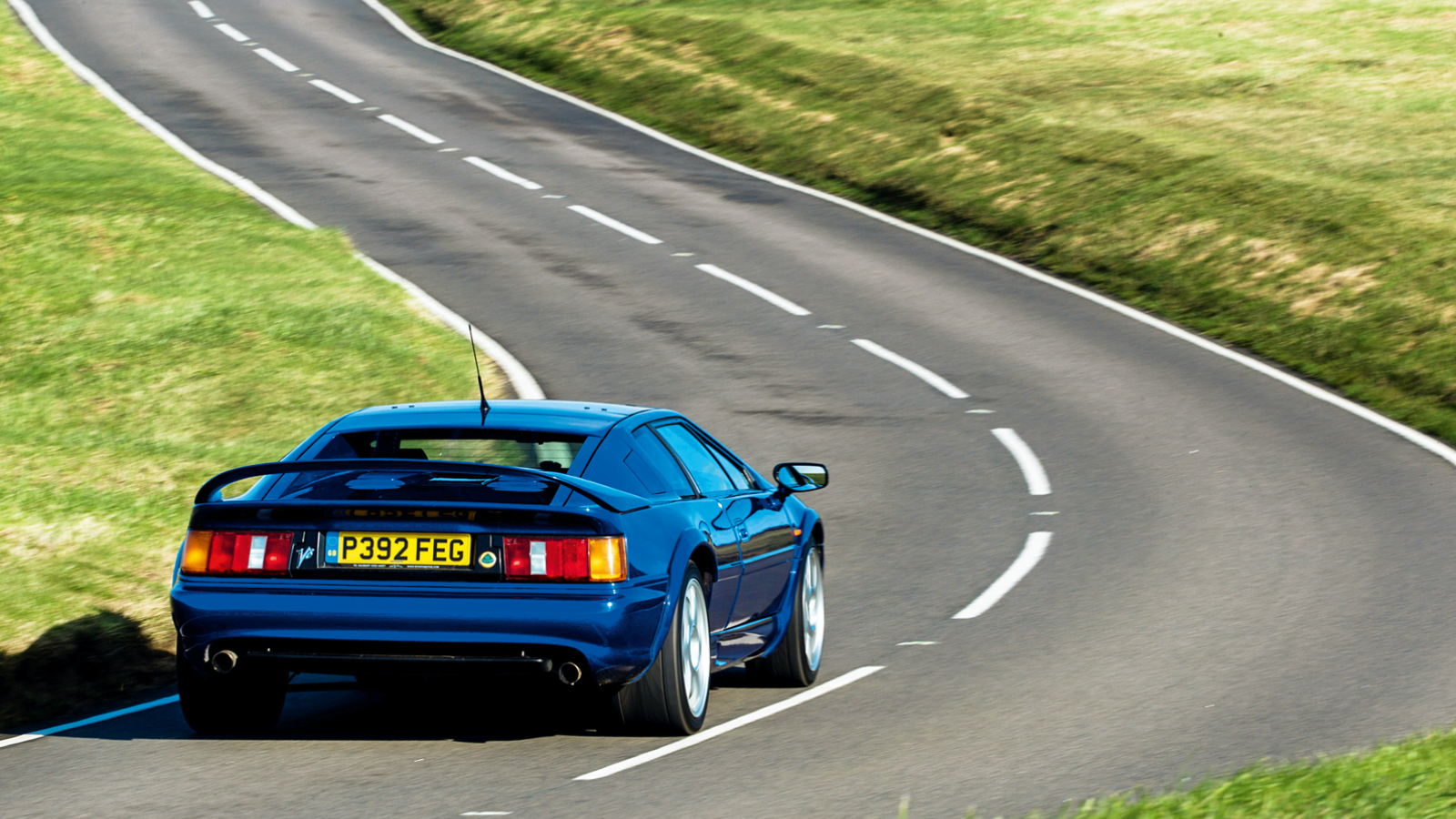 © Classic & Sports Car
© Classic & Sports Car -
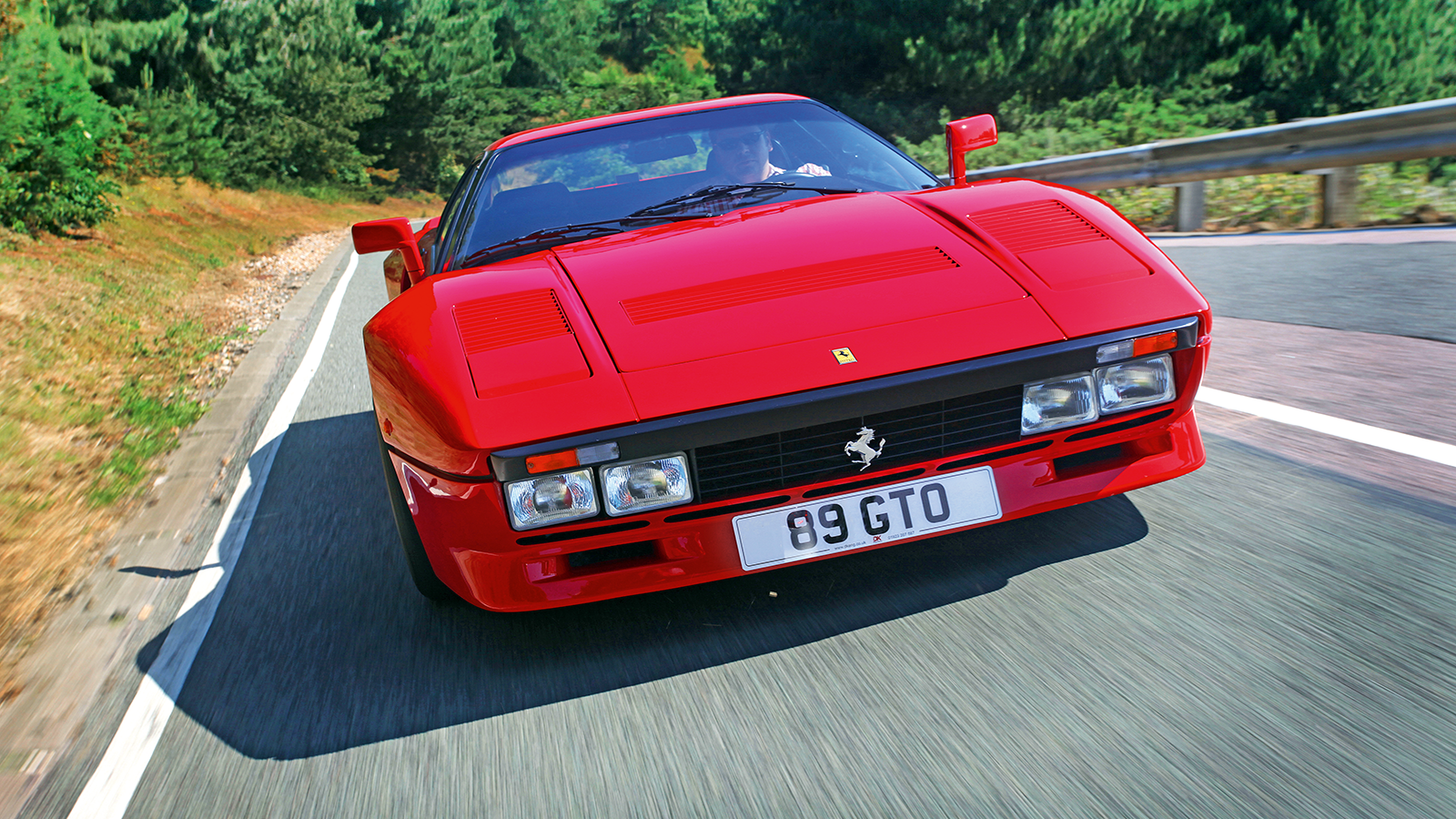 © Classic & Sports Car
© Classic & Sports Car -
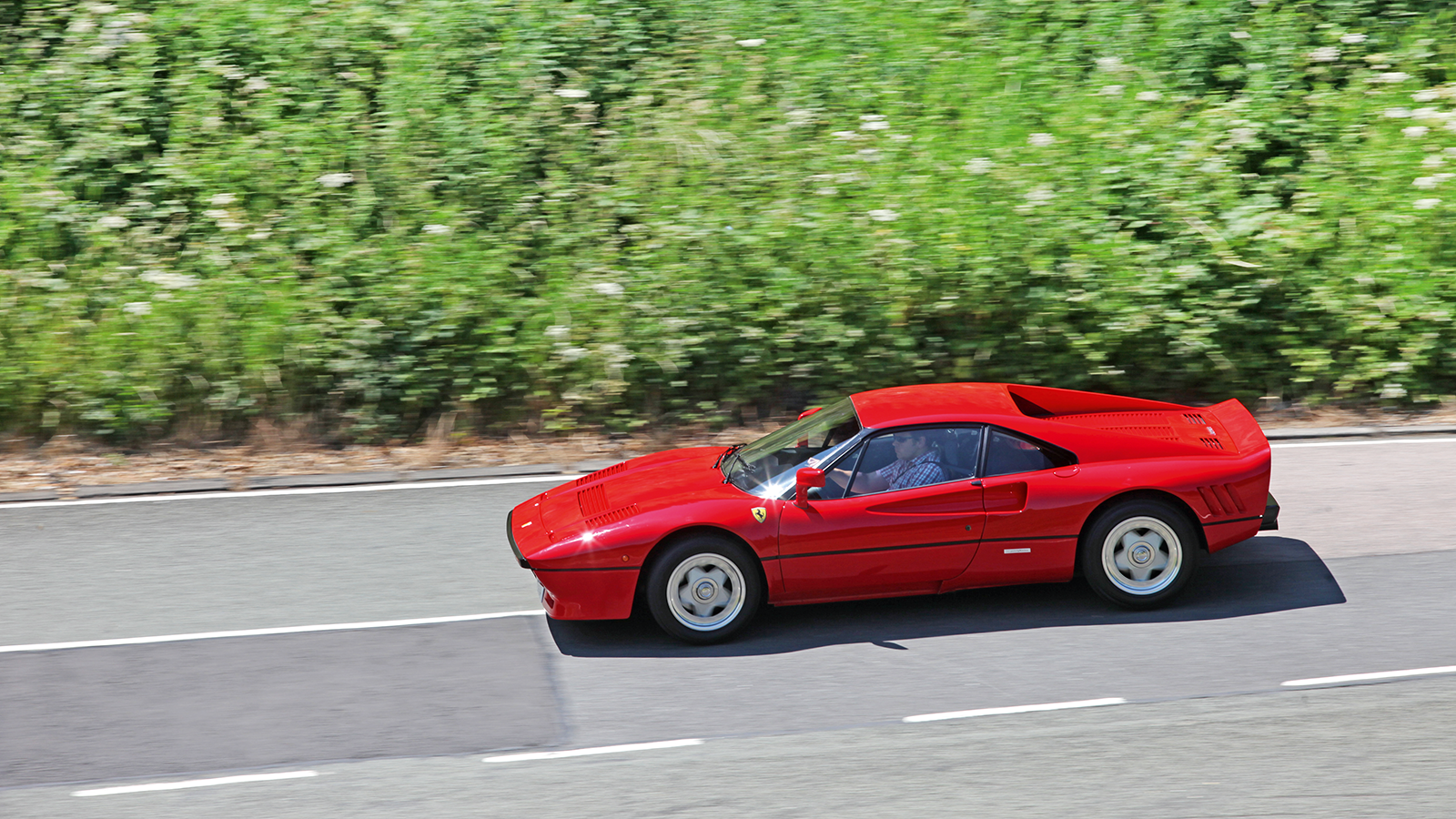 © Classic & Sports Car
© Classic & Sports Car -
 © Classic & Sports Car
© Classic & Sports Car -
 © Classic & Sports Car
© Classic & Sports Car -
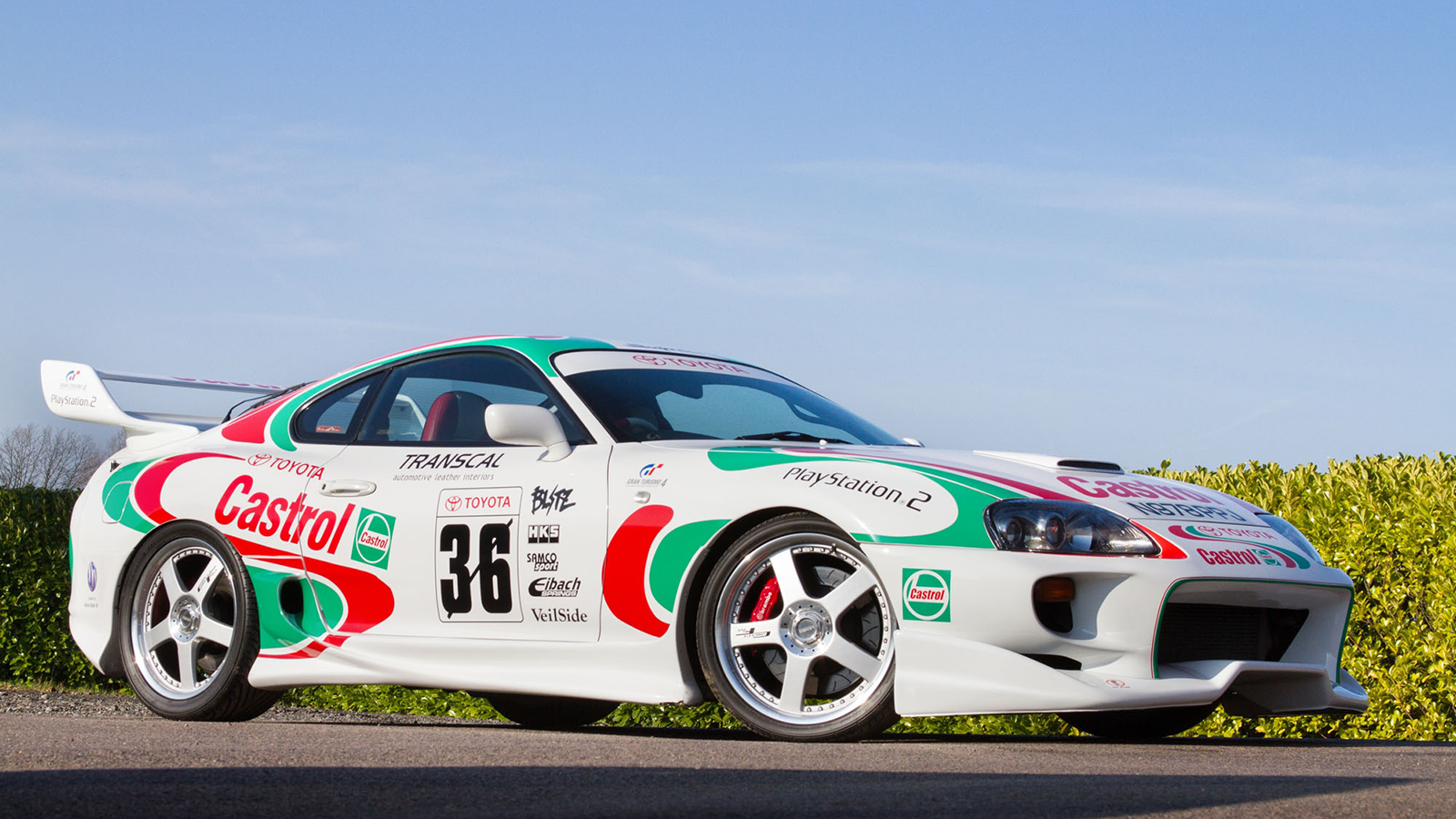 © Newspress
© Newspress -
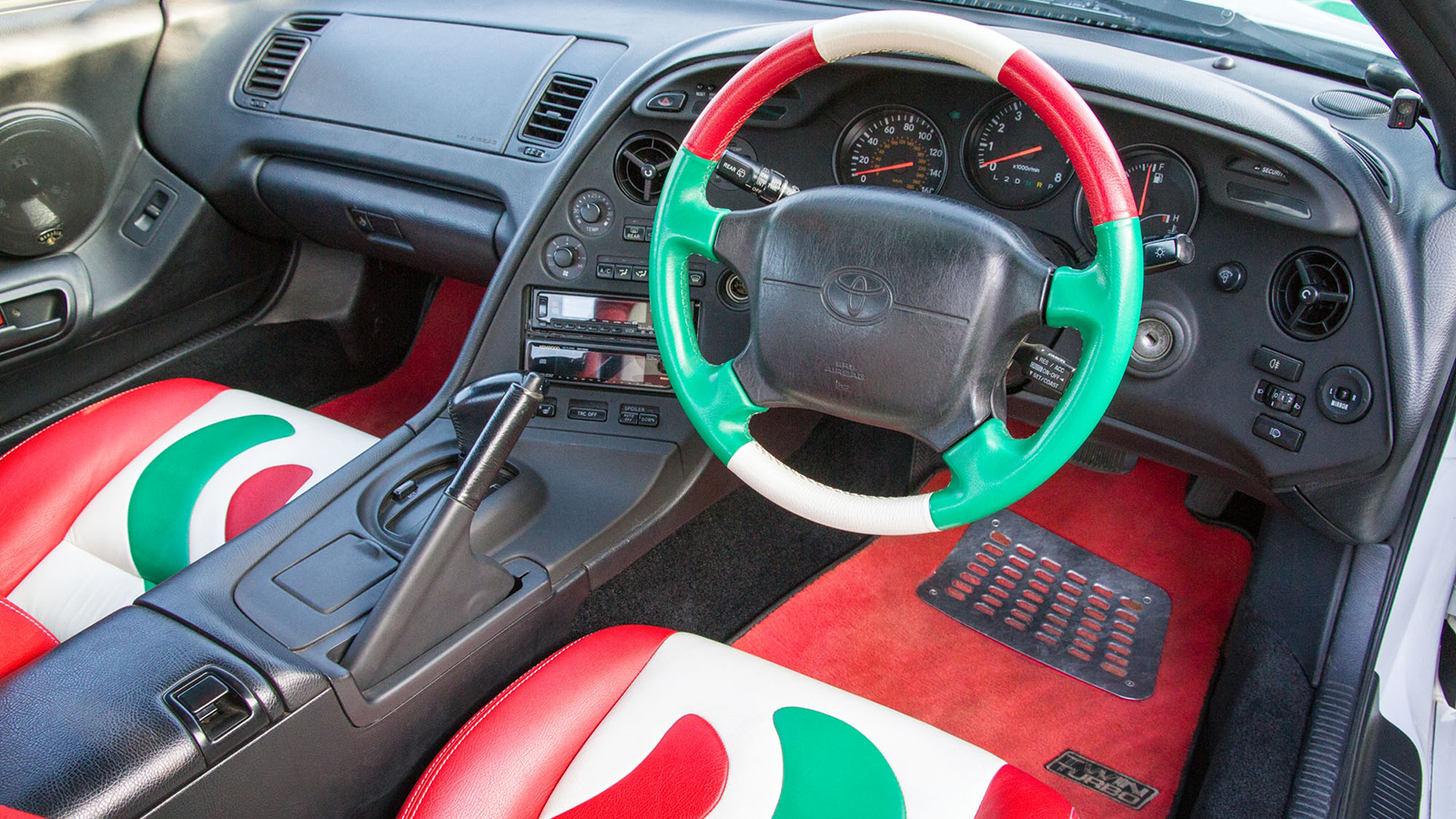 © Newspress
© Newspress -
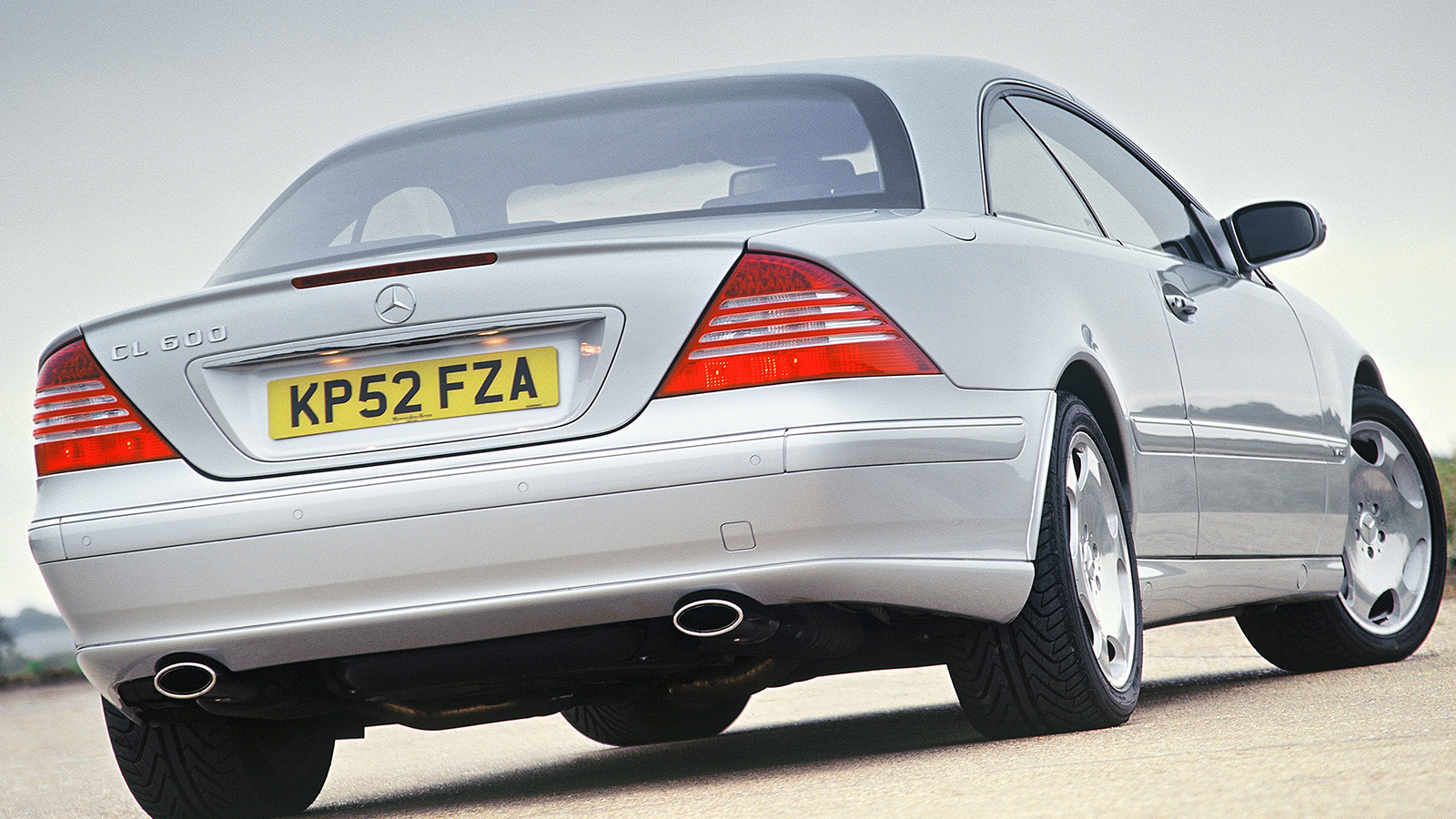 © Newspress
© Newspress -
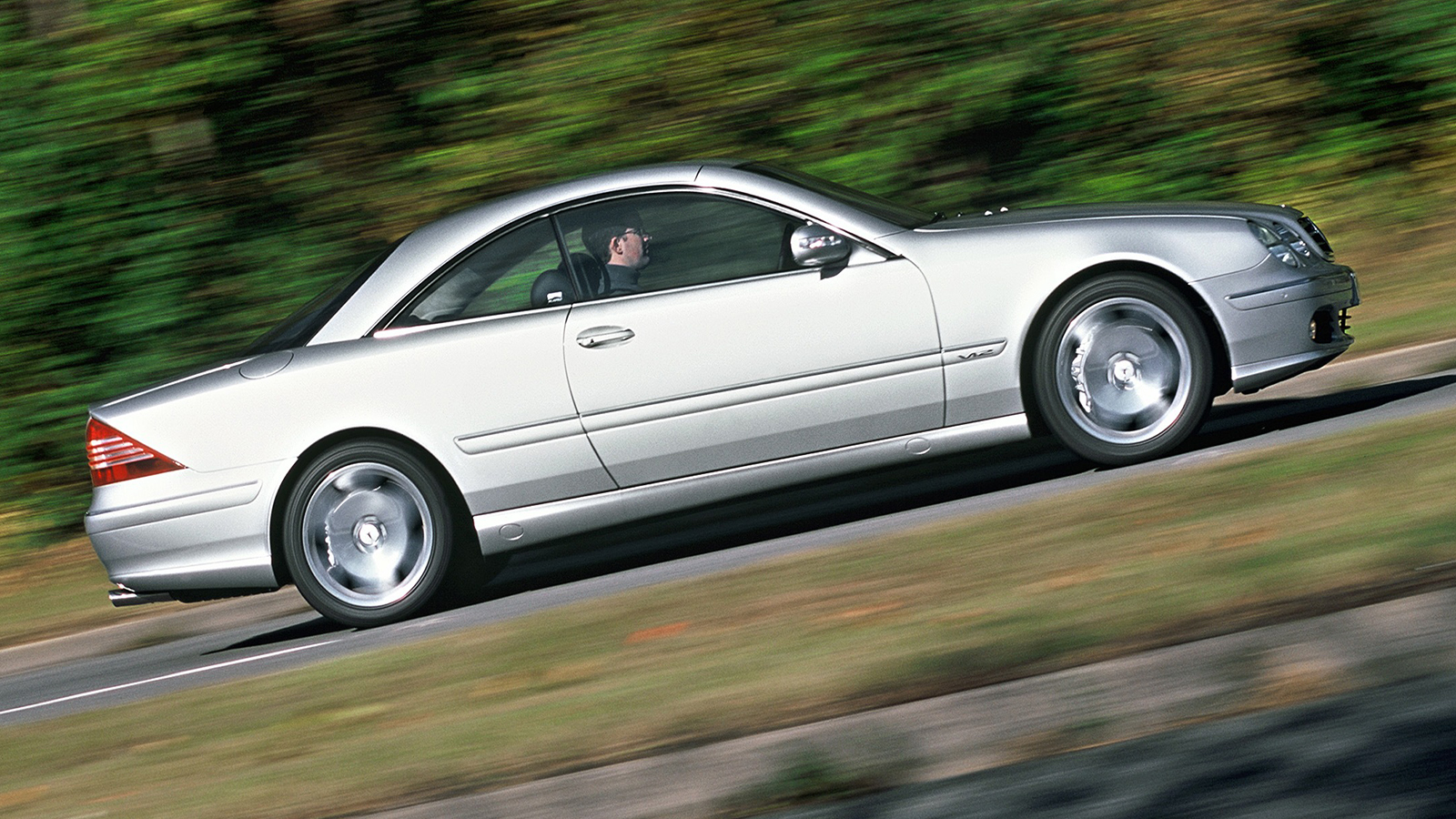 © Newspress
© Newspress -
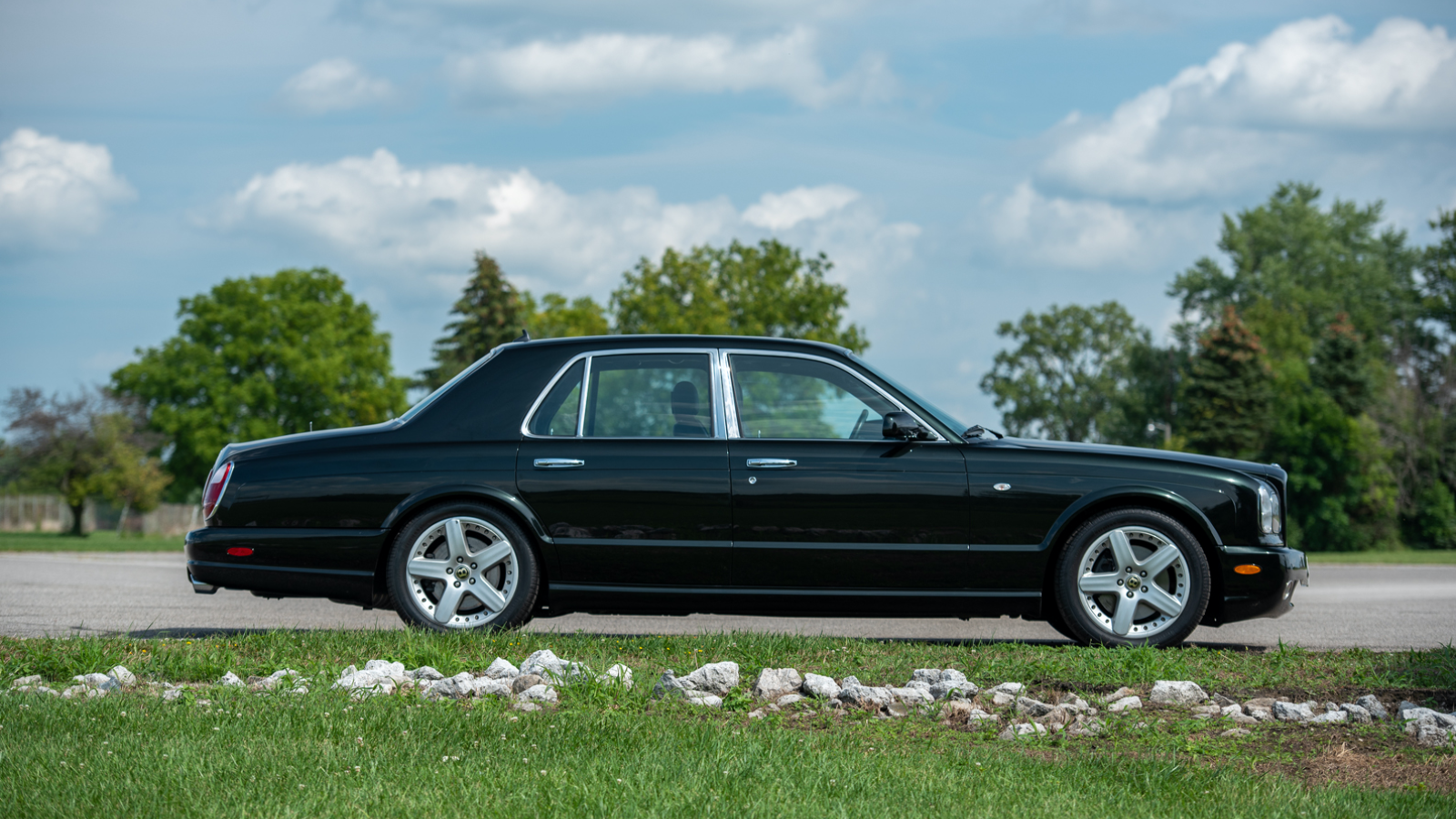 © RM Sotheby’s
© RM Sotheby’s -
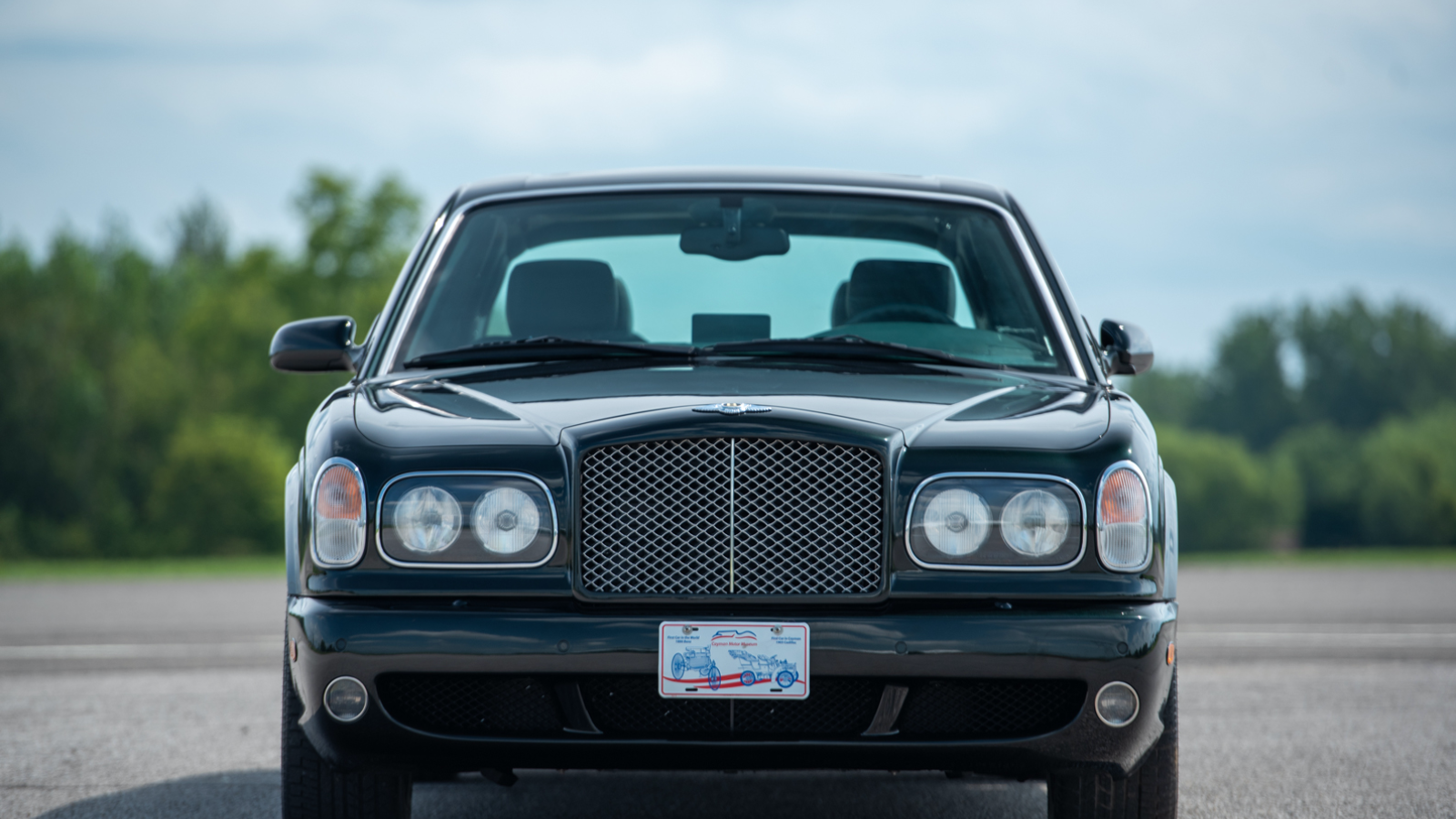 © RM Sotheby’s
© RM Sotheby’s -
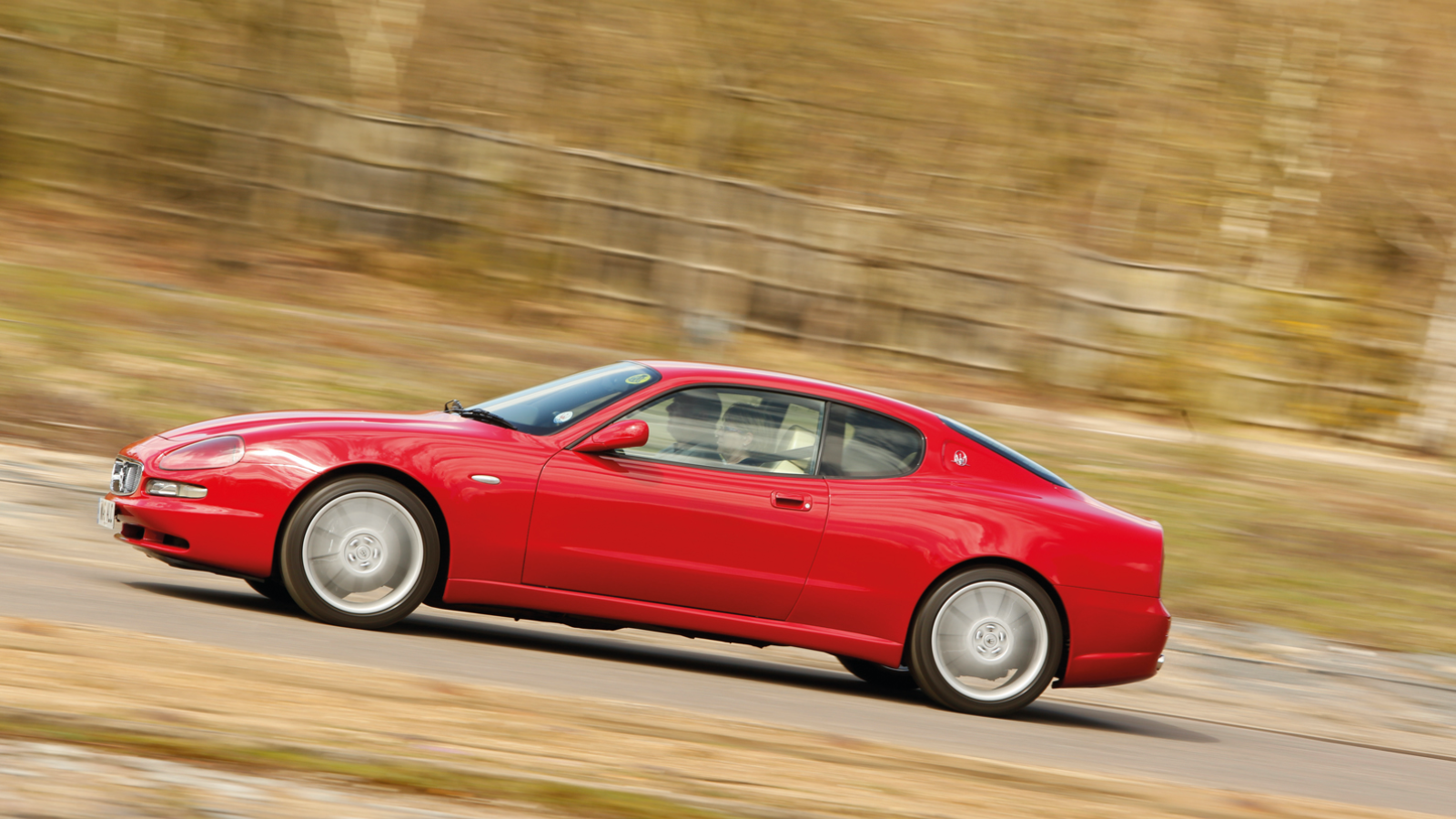 © Classic & Sports Car
© Classic & Sports Car -
 © Classic & Sports Car
© Classic & Sports Car -
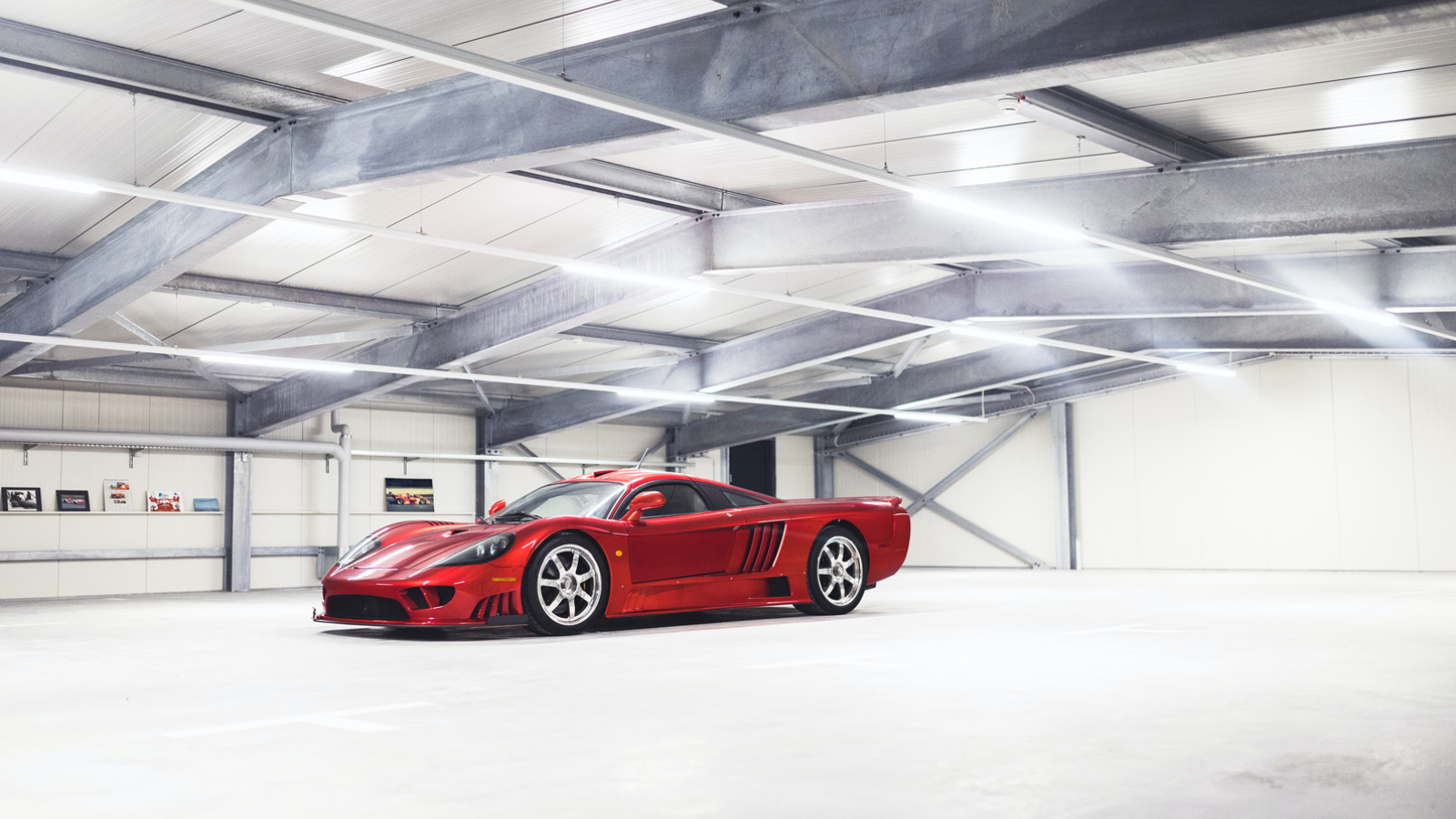 © Simon Laufer/RM Sotheby’s
© Simon Laufer/RM Sotheby’s -
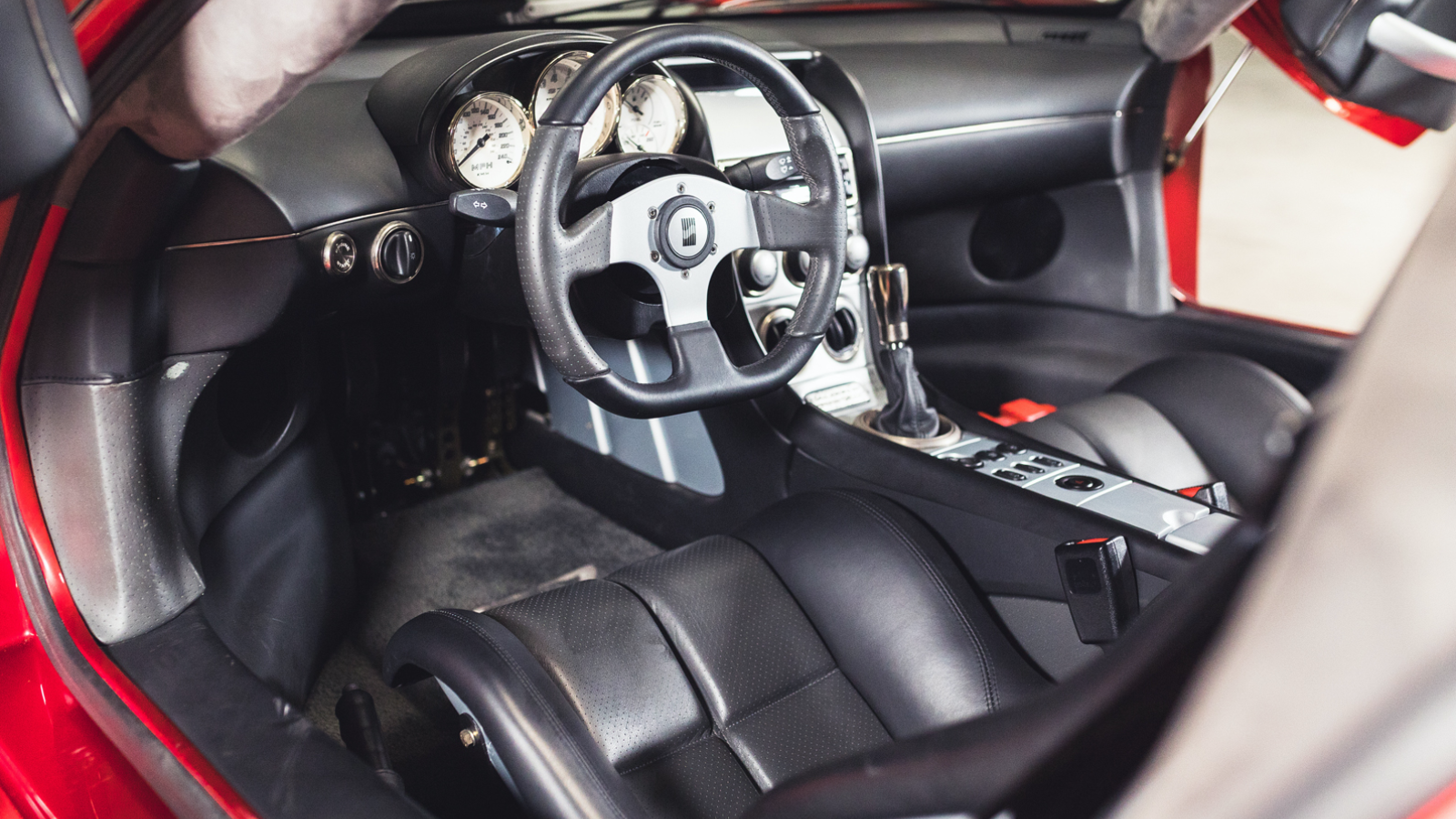 © Simon Laufer/RM Sotheby’s
© Simon Laufer/RM Sotheby’s -
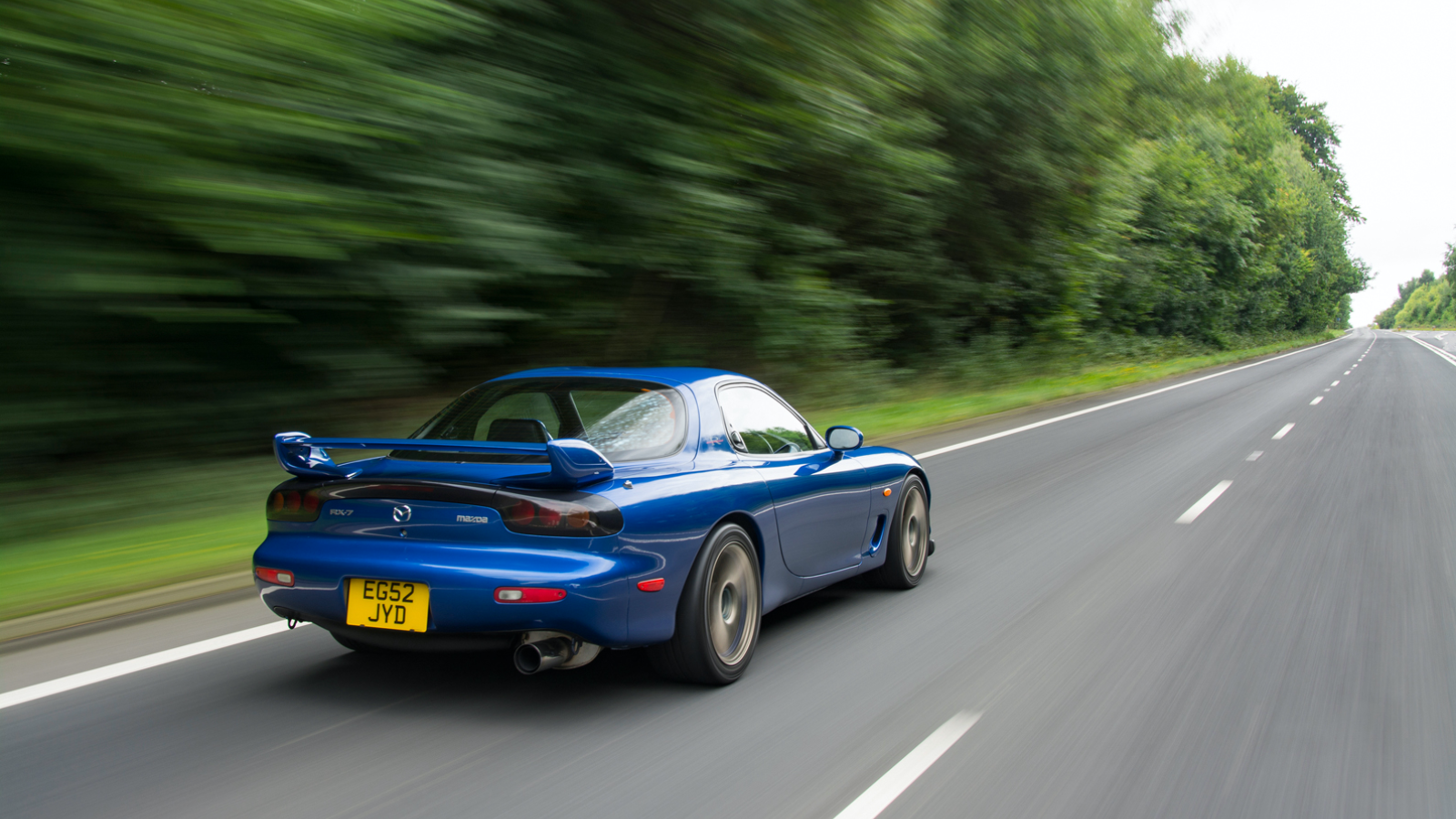 © Newspress
© Newspress -
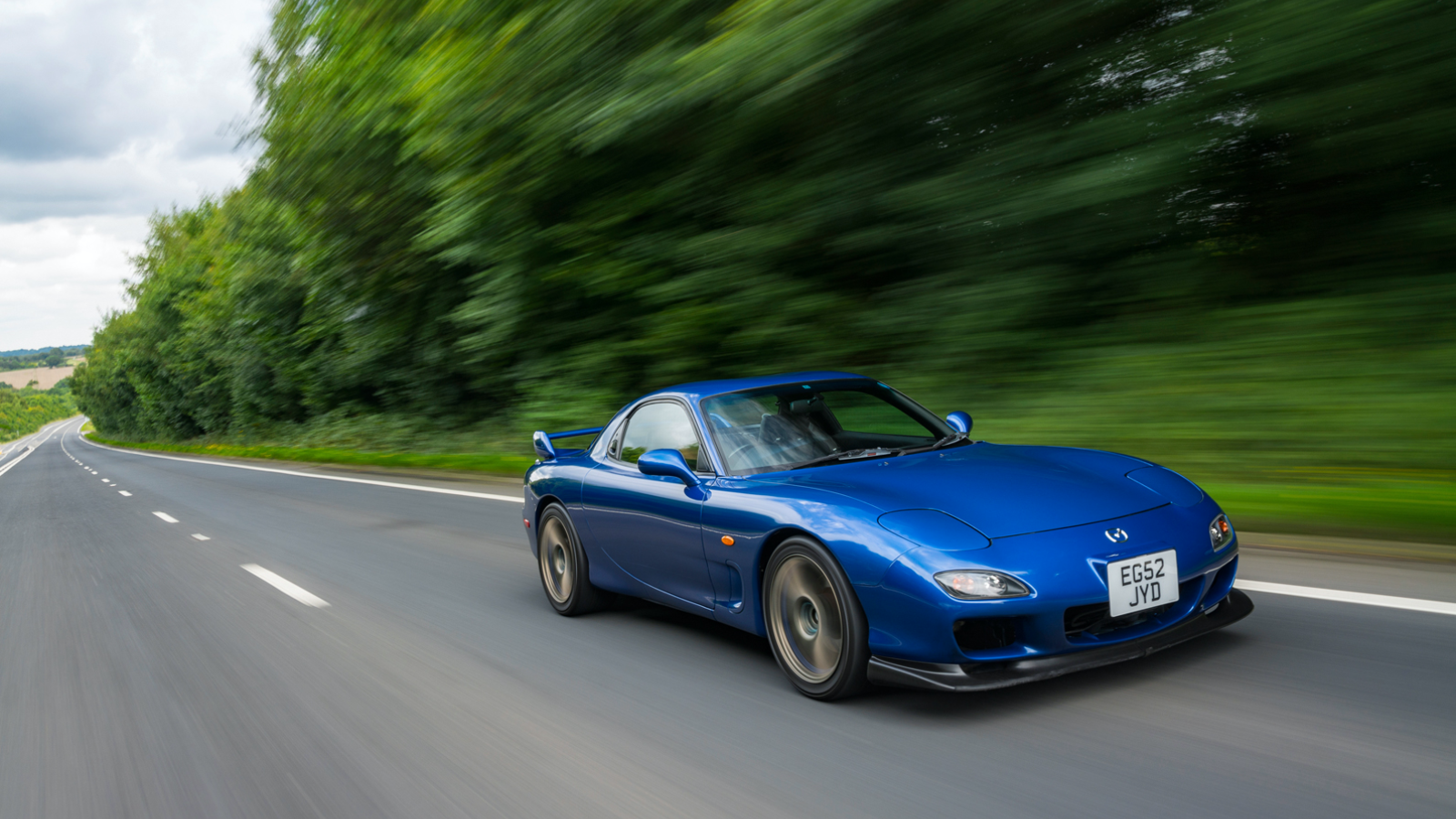 © Newspress
© Newspress -
 © RM Sotheby’s
© RM Sotheby’s -
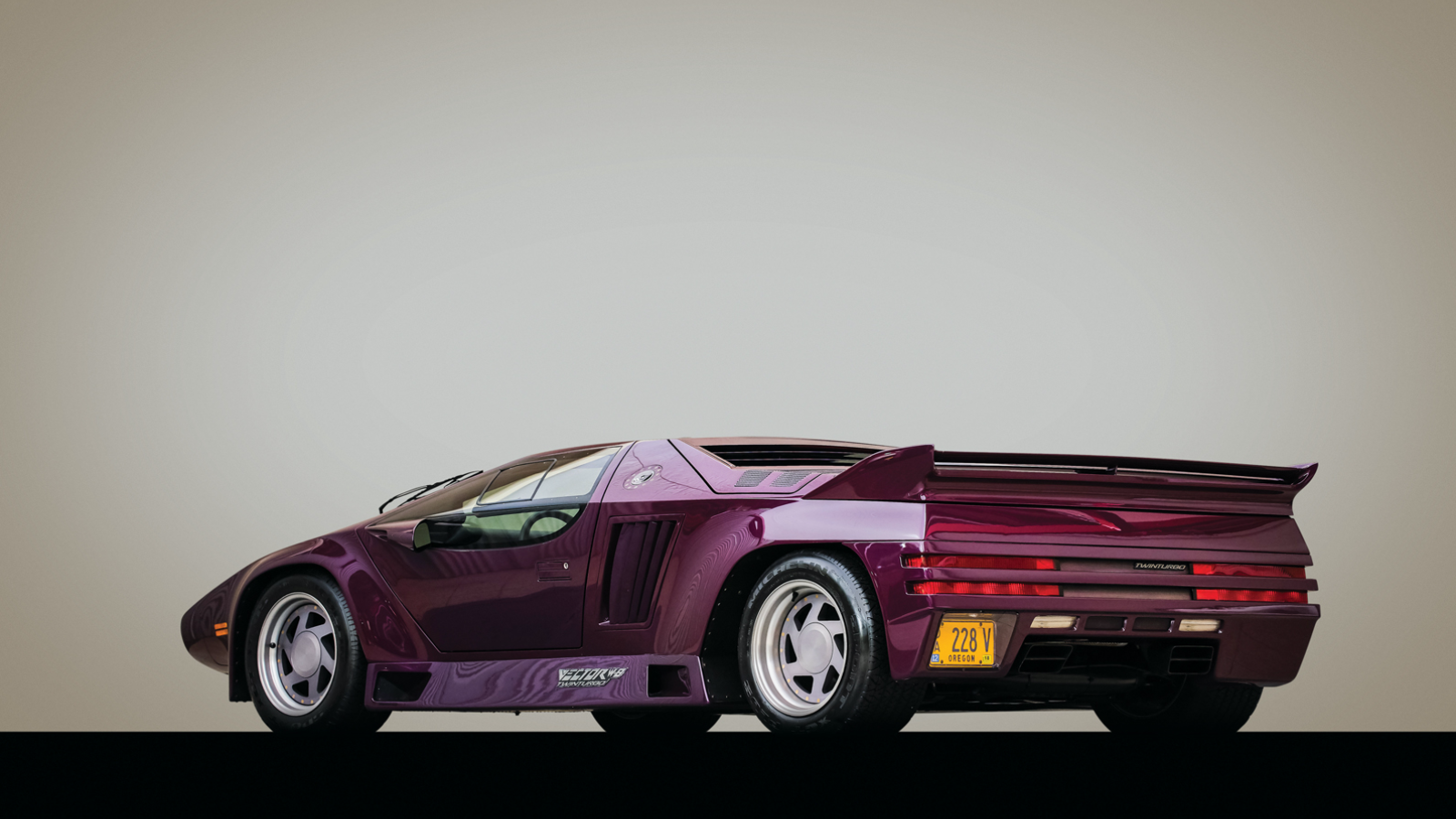 © RM Sotheby’s
© RM Sotheby’s -
 © Classic & Sports Car
© Classic & Sports Car -
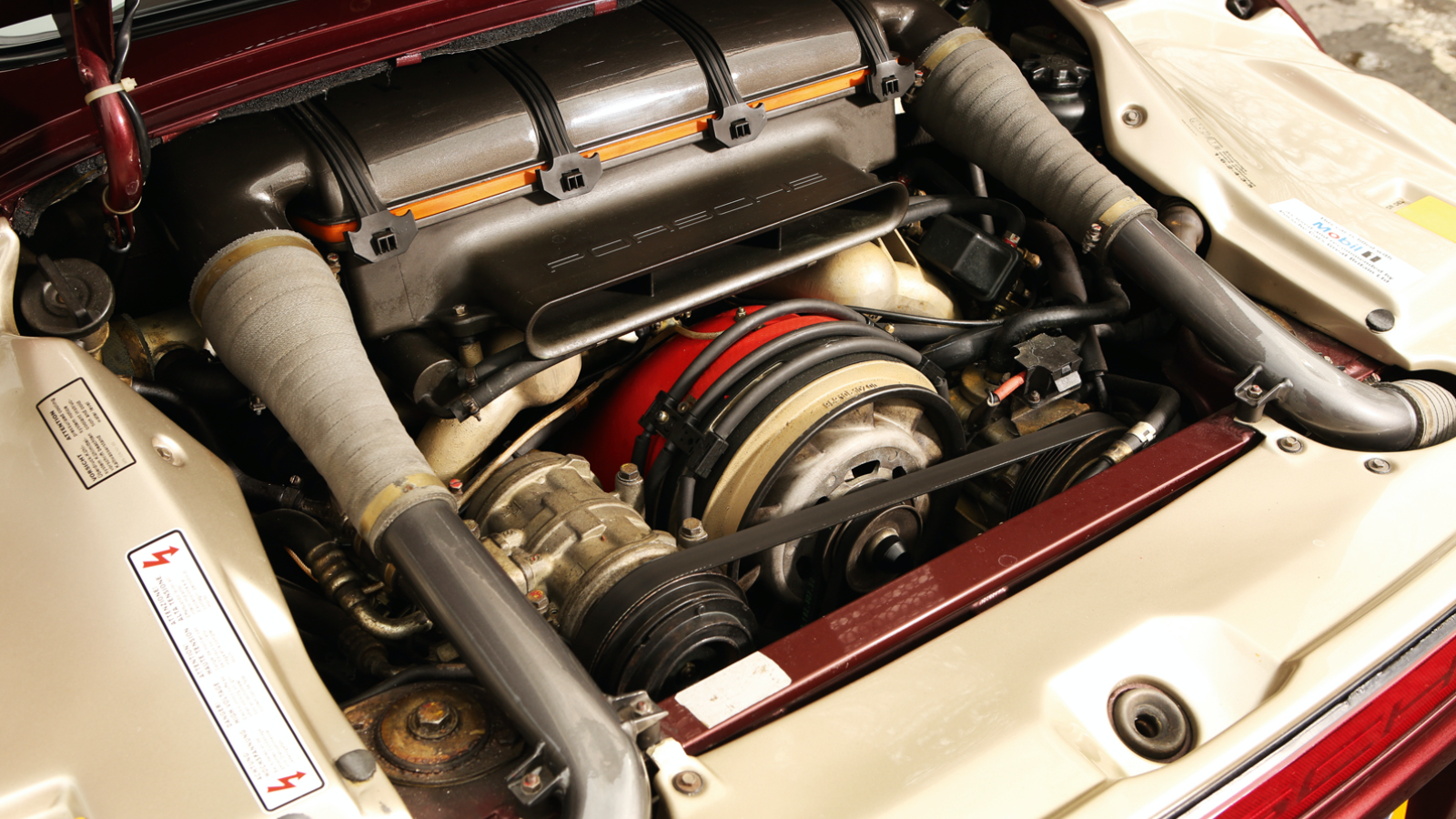 © Classic & Sports Car
© Classic & Sports Car -
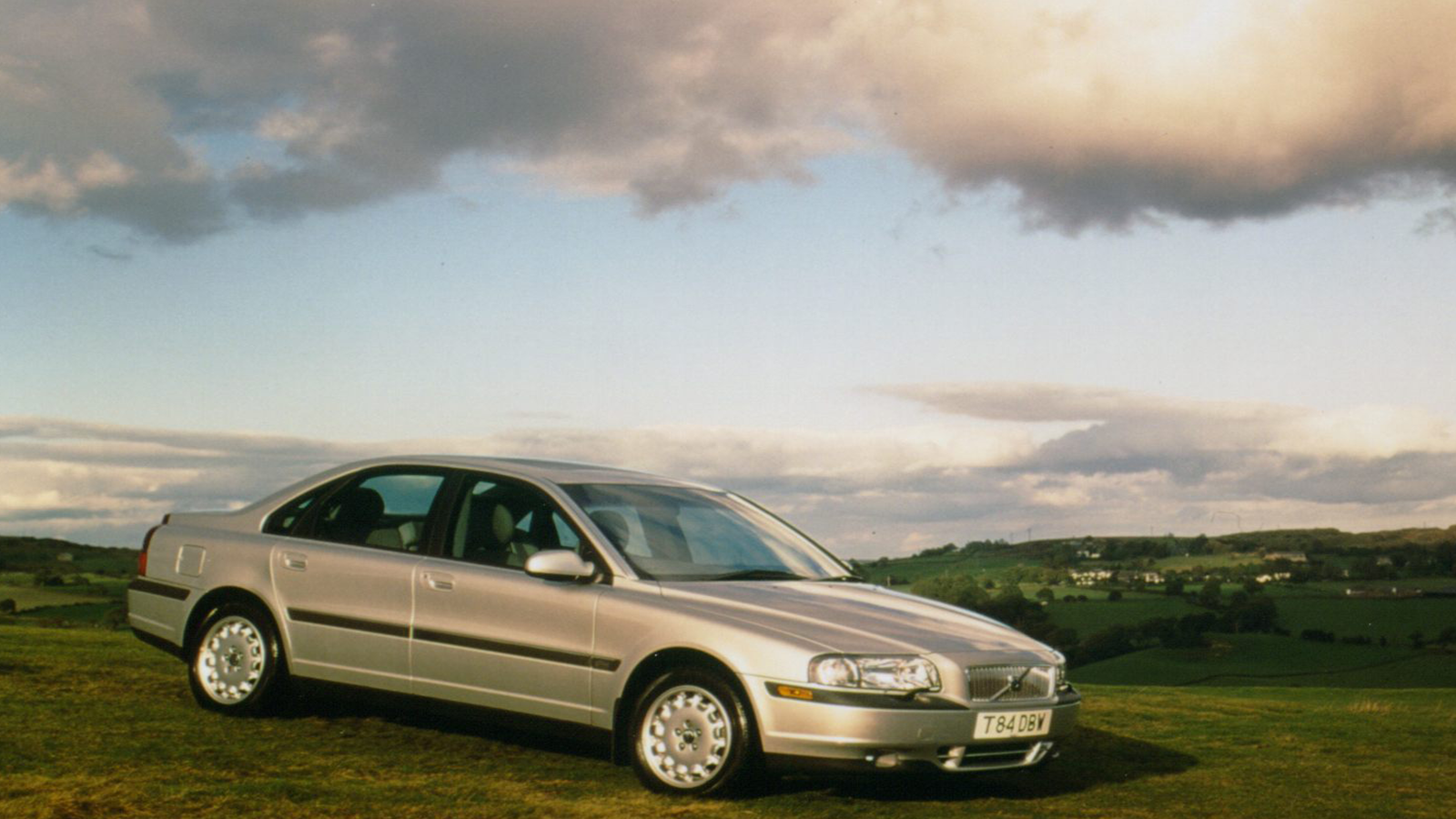 © Newspress
© Newspress -
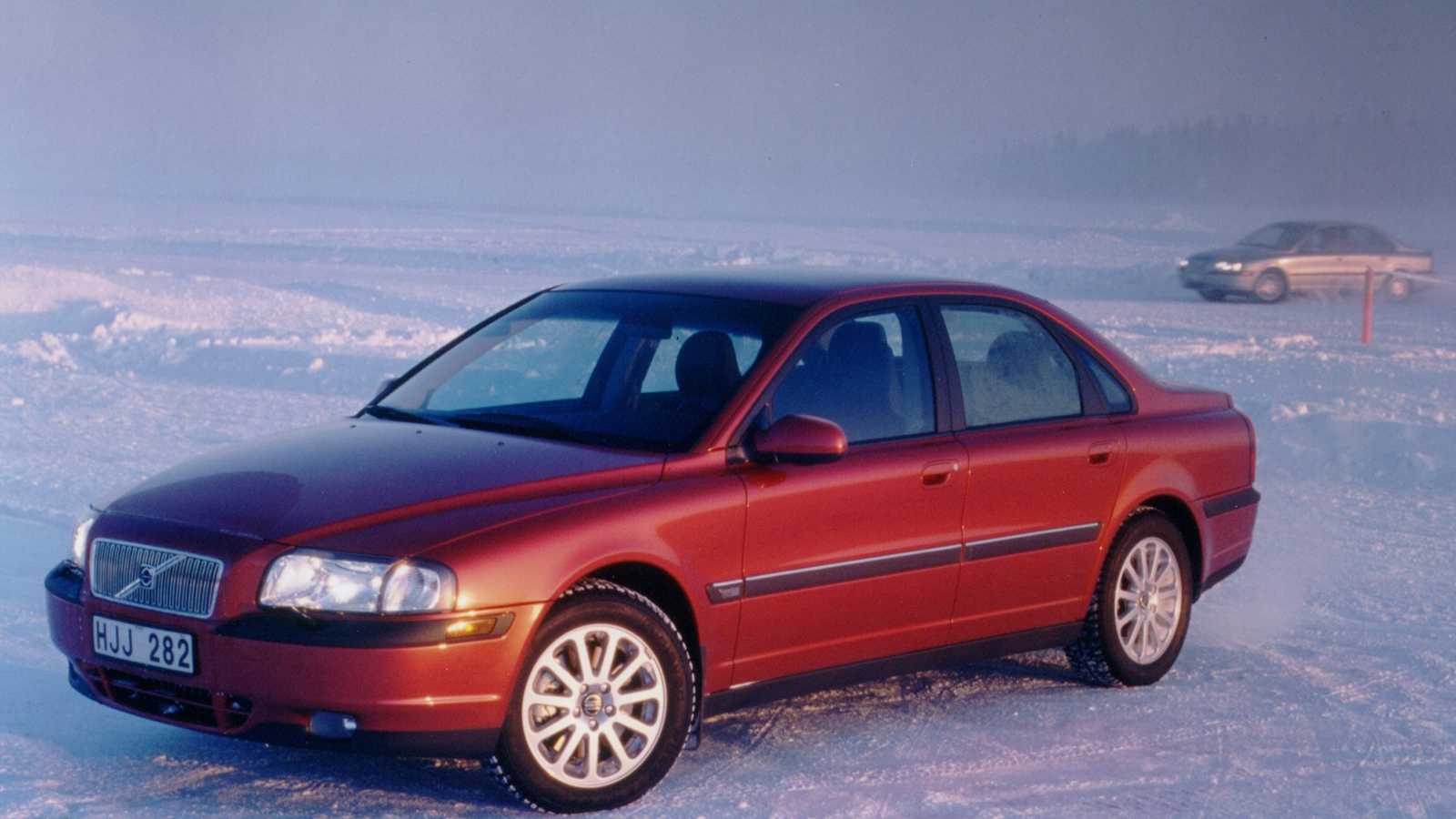 © Newspress
© Newspress -
 © Classic & Sports Car
© Classic & Sports Car -
 © Classic & Sports Car
© Classic & Sports Car -
 © Classic & Sports Car
© Classic & Sports Car -
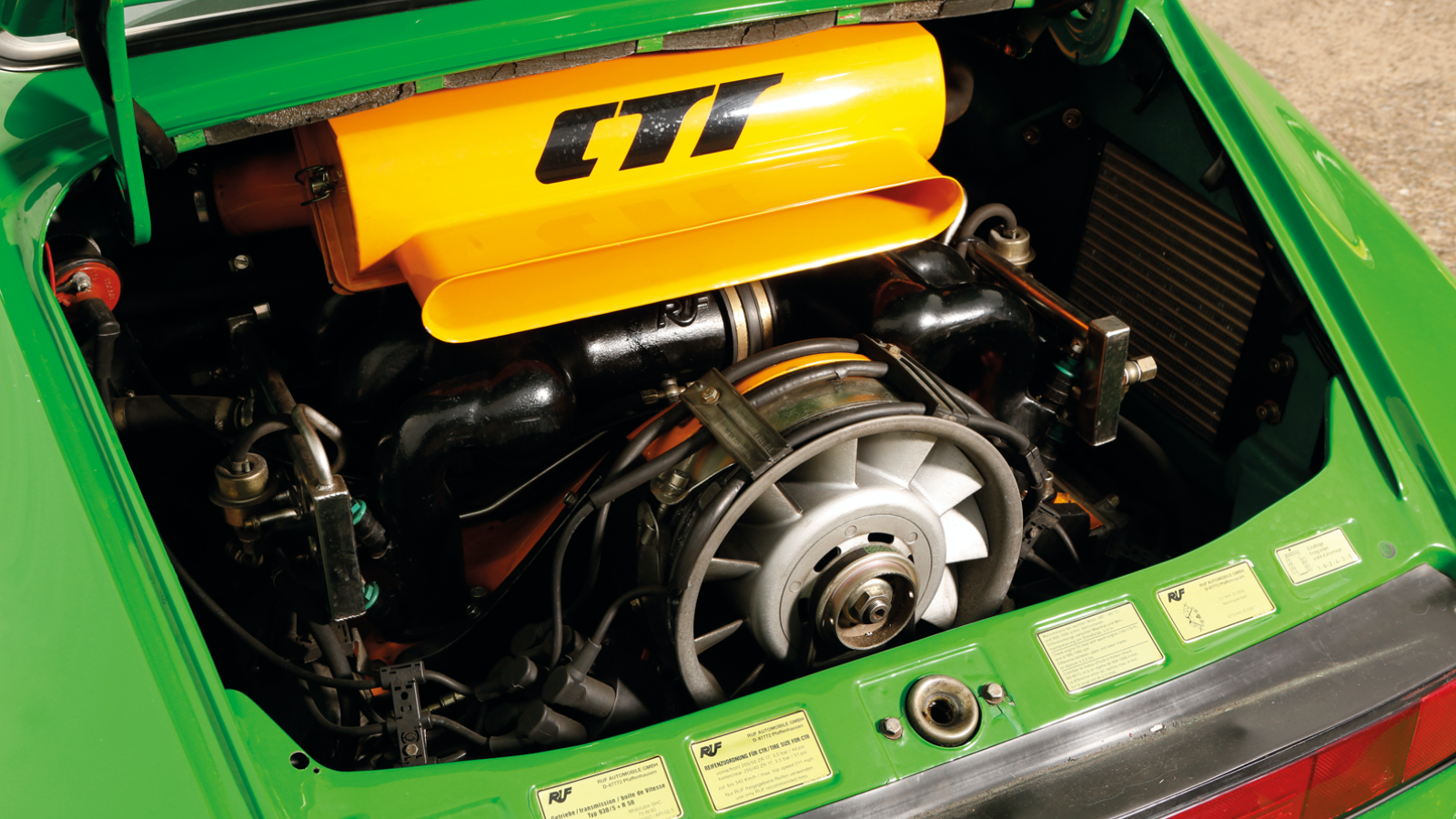 © Classic & Sports Car
© Classic & Sports Car -
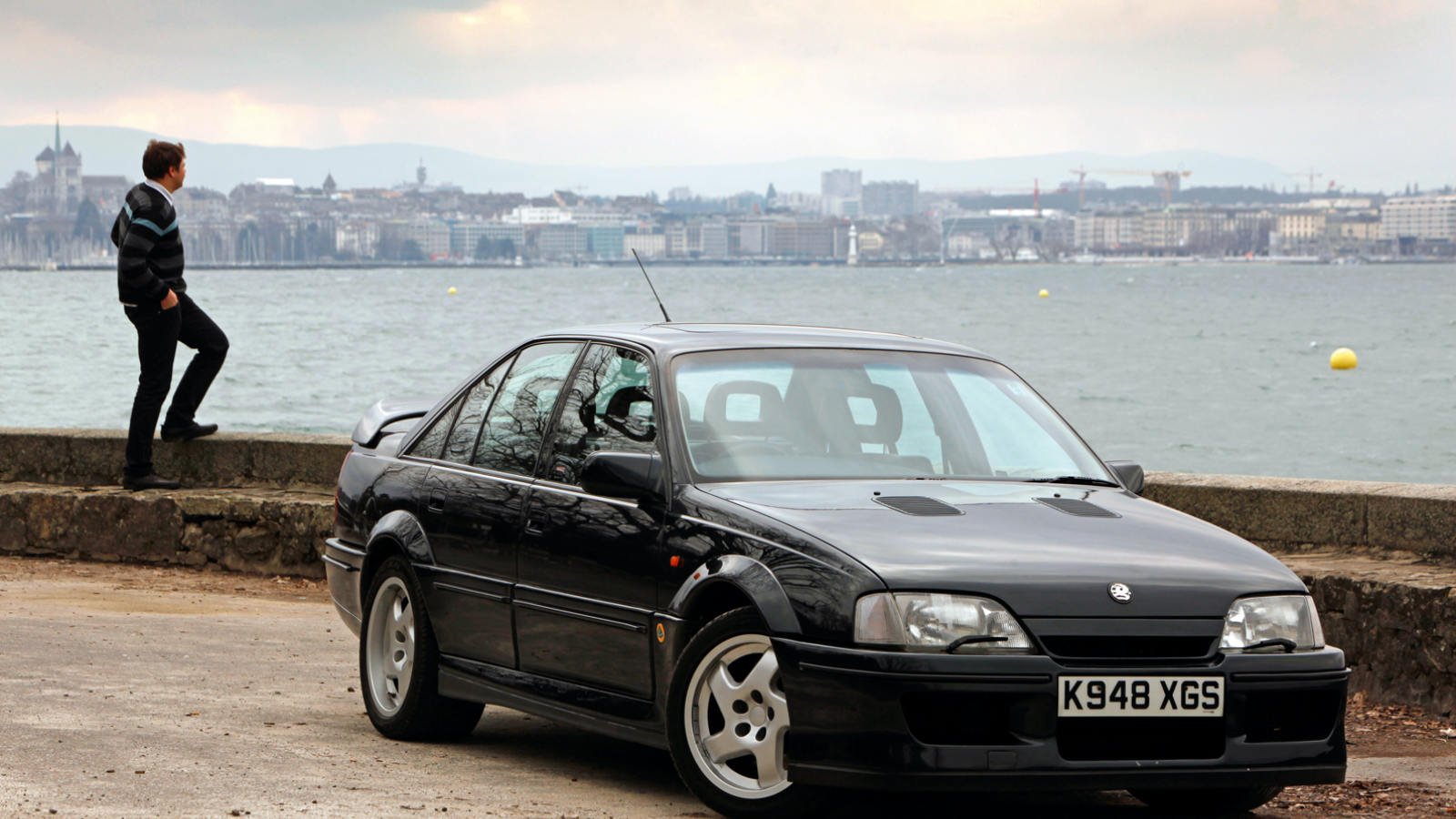 © Classic & Sports Car
© Classic & Sports Car -
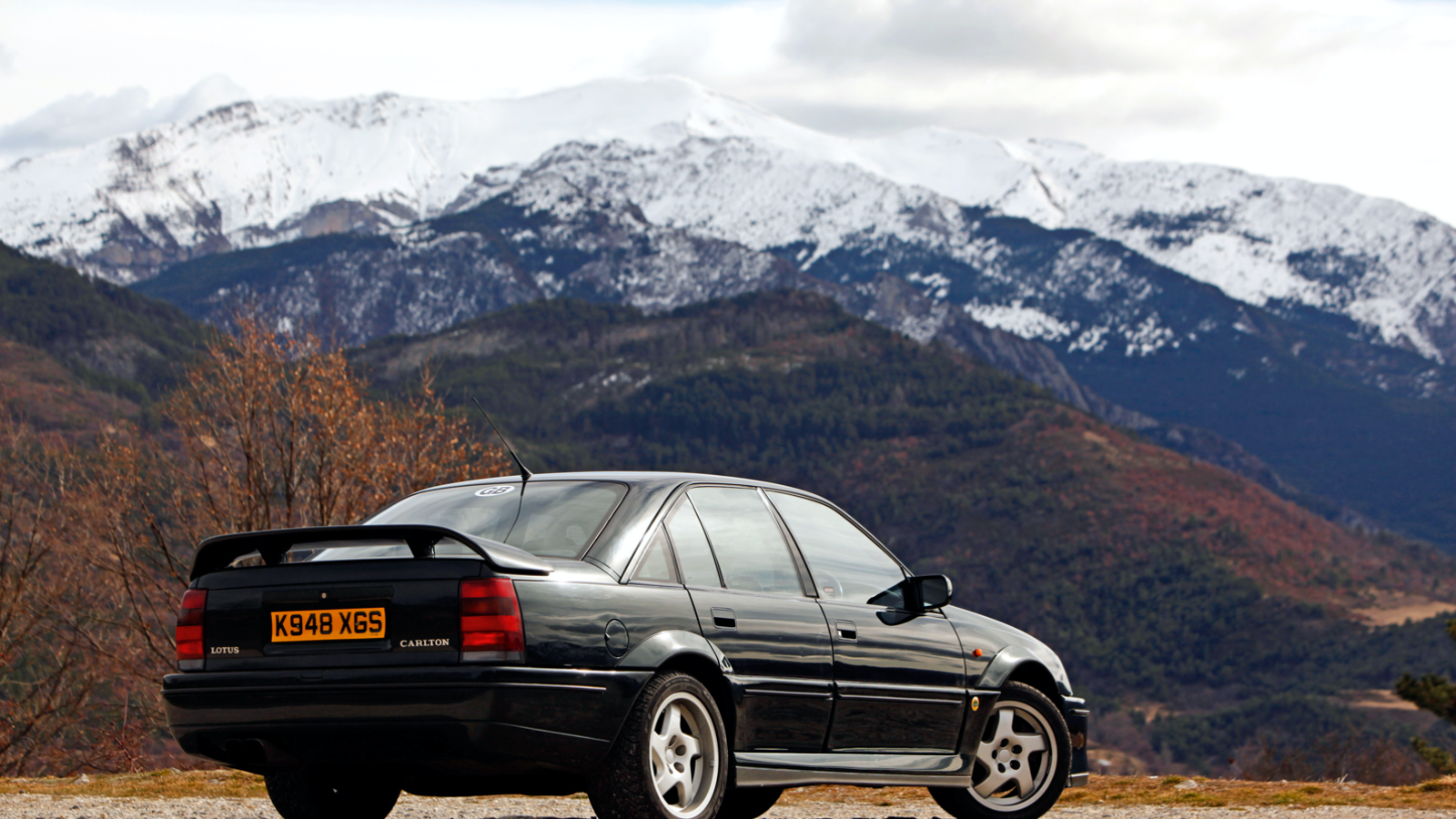 © Classic & Sports Car
© Classic & Sports Car
-
It takes two to tango
Two. Much better than one – twice as good, in fact. Presumably that’s why two heads are deemed better than one, and they say it’s great if you kill two birds with one stone.
Car manufacturers know this, which is why having two exterior mirrors is much better than just a solitary item, and as for two exhausts, well, you get the picture.
The same applies to turbochargers. Why have just the single turbo when a pair produces more power? Two turbos also allow engineers to stagger the way boost is generated, by having one small turbo that gets working at lower revs, then a big turbo for maximum boost at high revs.
Here are 17 times car makers decided that doubling up would make their cars just two good…
-
1. Maserati Biturbo (1981-’94)
Ah Maserati. Builder of fast cars. Builder of beautiful cars. Builder of cars that sound great. However, not a marque renowned for being first with new technology.
At least until 1981, that was. This is when Maserati became a groundbreaker, because it was the first car maker to build a production car with not one but two turbochargers.
-
Maserati Biturbo (cont.)
In fact, the twin-turbo engine was unique in another way, because at a time when other car makers were intent on producing engines with four valves per cylinder, the Maserati V6 was the world’s first car with three per cylinder.
Initially, the engine was fed by carburettors, and reliability wasn’t great, but things improved over time. Power outputs started at 185bhp, but the advent of fuel injection in 1986 helped power and reliability, with later models producing up to 279bhp.
-
2. Mitsubishi 3000GT (1990-2000)
The Mitsubishi 3000GT was the company’s response to the Nissan 300ZX and Toyota Supra, both high-power coupés designed with grand-touring duties in mind.
The car was also a technology fest, with four-wheel drive, four-wheel steering and active aerodynamics.
The tech-fest continued inside where the car had climate control, electric windows and some had a sunroof. All of which made it what you might call ‘a bit porky’.
-
Mitsubishi 3000GT (cont.)
Still, the twin turbos attached to the 282bhp V6 engine helped to offset that, and the Mitsubishi 3000GT was renowned for its blistering acceleration, no doubt helped by that four-wheel-drive traction.
Indeed, the turbos on European cars were different from those on Japanese-spec models, to cater for the high sustained speeds expected on German autobahns.
-
3. Lotus Esprit V8 (1996-2004)
For 1994, Lotus gave the basic Esprit design another facelift, which was significant enough to call the car a fourth generation.
The company, which was not known for having deep pockets, nevertheless decided that a supercar with a four-cylinder engine wouldn’t be taken seriously enough, so chose to develop its own V8.
-
Lotus Esprit V8 (cont.)
The motor was a 3.5-litre unit with a flat-plane crank, so there was none of the deep rumble traditionally associated with V8 motors, but a power output of 350bhp certainly gave the Esprit performance to rival the best, with 0-60mph in 4.4 secs and a top speed of around 175mph.
However, the V8 engine was easily capable of providing more power – it was detuned to preserve the longevity of the gearbox.
-
4. Ferrari 288GTO (1984-’87)
In the early 1980s the world was being captivated by more and more speed.
Okay we weren’t quite making the jump to light speed, but turbocharging was certainly opening up a world of performance.
At the end of the 1970s, Saab had produced the super-cool 99 Turbo and Renault was making a go of turbocharging in Formula One, so people wanted to jump on the bandwagon, and large naturally aspirated cars such as those produced by Ferrari were almost passé.
-
Ferrari 288GTO (cont.)
The Ferrari empire needed to strike back by getting in on the turbocharging game.
The 288GTO was quite the entry to the turbo world, with a 2.9-litre twin-turbo V8 behind the driver.
Performance was more than a little brisk, with a top speed of almost 190mph.
-
5. Nissan 300ZX (1989-2000)
By the end of the 1980s, the Nissan Z car was already an institution, having been around in various guises since the end of the 1960s.
However, its days as a sports car were long in the past, and it had become a bit of a cruiser, complete with T-top and velour upholstery.
The range needed to be reinvigorated, and needed to look forward instead of harking back to past glories.
-
Nissan 300ZX (cont.)
The radical 300ZX of 1989 did precisely that.
The new car’s shape was entirely contemporary, with none of the cab-rearward stance of its predecessors. It was still a 2+2 coupé, but looked more like a two-seater.
Up front lay a twin-turbo 3.0-litre V6 engine that produced 300bhp, so the big Z had much more get up and go, to the extent that the top speed was limited to 155mph.
-
6. Toyota Supra Mk4 (1993-2002)
Yes, yes, the Supra is famous for being one of the hero cars in that film franchise. In fact, you could even argue that it’s famous because it was one of the hero cars in that film franchise.
You see, the Supra had been launched in 1993 to rave reviews. Indeed, our sister title Autocar proclaimed that it had “an astonishingly well-polished chassis”.
Yet buyers still stayed away in droves, and the car was killed off in the UK in 1996 (it soldiered on elsewhere around the world).
-
Toyota Supra Mk4 (cont.)
Why UK buyers shunned it, we’ll never know, because it looked sensational, as already mentioned it gripped and handled with the very best rivals of the time, and of course it was reliable.
Better still, it had a twin-turbocharged 3.0-litre straight-six engine up front, which sounded great and gave it proper sports-car pace, such as 0-60mph in less than 5 secs.
Not bad in an era when Mr Blobby was the Christmas chart-topper.
-
7. Mercedes-Benz CL600 (2000-’06)
If you think of a Mercedes-Benz CL as an S-Class limousine for those who prefer to drive themselves, then you won’t be far wrong.
There were a couple of engines offered, none with fewer than eight cylinders, but for maximum chill-out mile-munching ability you simply cannot look past the 5.5-litre twin-turbo V12 model.
This keeps itself entirely to itself when you want it to, but also sounds great when you want some excitement.
-
Mercedes-Benz CL600 (cont.)
As befitting one of the top models in the Mercedes range of the time, the car features a plethora of cutting-edge systems, including active suspension, plus an Active Body Control system that actually leans the car into a corner – bi-xenon headlights also featured.
Inside, accoutrements included heated and cooled seats, a heated steering wheel and sat-nav – and enough leather to worry a whole herd of cows.
-
8. Bentley Arnage T (1998-2009)
Talk about a tug of love.
When launched, the Bentley Arnage T was fitted with a (gasp!) twin-turbo BMW engine.
However, BMW and the Volkswagen Group became embroiled in a takeover battle for Bentley and Rolls-Royce.
Eventually, like two parents having one child each, BMW took ownership of R-R while the VW Group grabbed Bentley.
-
Bentley Arnage T (cont.)
That BMW engine was now looking a bit incongruous, so it was replaced with the old 6.75-litre unit from the Bentley Turbo R, which was heavy and inefficient.
However, behind the scenes, work to modify the 6.75 was taking place, and in 2002 it appeared with two turbos and numerous new internal parts – and 399bhp was not to be sniffed at.
Later models took that figure up to 500bhp, which gave the car a top speed of almost 180mph. Almost unseemly.
-
9. Maserati 3200GT (1998-2002)
The lights. It’s all about the lights.
Ask anyone about that cool Maserati coupé from the end of the 1990s, and you can almost guarantee they’ll reply with: “The one with the boomerang tail-lights?”.
As a stylistic statement and marketing ploy, they certainly hit the mark.
And not only that, but it made Maserati a world leader (again!), because the 3200GT was the first car ever to be produced with LED lights.
-
Maserati 3200GT (cont.)
But the bit at the other end played its part in the car’s success, too.
That’s because it was a 3.2-litre V8 with performance enhanced by the presence of two turbochargers.
And, of course, it had a soundtrack that made every journey feel like you were taking part in a re-run of Rendezvous.
-
10. Saleen S7 Twin-turbo (2005)
So many have tried, so many have failed. But not Steve Saleen.
The racing driver began selling tuned cars, then he expanded into selling tuning parts, all the while doing the odd race here and there.
But that wasn’t enough. He teamed up with comedian Tim Allen in the 1990s and set up a racing team.
Still not enough. So, at the turn of the millennium Saleen developed a bespoke supercar that was also a competitive racer.
-
Saleen S7 Twin-turbo (cont.)
The 550bhp Saleen S7 7.0-litre V8 was that car, and immediately proved more than competitive.
However, time waits for no supercar, so in 2005 the S7 gained a pair of turbochargers, increasing power to 750bhp, which gave it a 0-100mph time of 5.9 secs and a top speed of 248mph.
And the year after that, Saleen offered a ‘Competition package’, which increased power to 1000bhp. Brisk.
-
11. Mazda RX-7 Mk3 (1992-2002)
Other car makers have experimented with rotary engines, but it’s Mazda that’s synonymous with the technology, and the RX-7 sports car was the poster car for its efforts.
The third-generation RX-7 was a proper sports car, with sleek looks and genuinely startling performance, because Mazda had seen fit to add a pair of turbochargers to the 1.3-litre motor.
-
Mazda RX-7 Mk3 (cont.)
It’s a shame that greed got the better of Mazda when the model was launched in the UK, because it was rather extravagantly priced.
Indeed, a year after launch the price was cut by £7000, and customers who’d paid the initial figure were refunded the difference. But still UK buyers shunned it and in 1996 it was canned.
Then in 1998 regulation changes resulted in a flood of grey-import models appearing, and these eventually sold in far greater numbers than the cars Mazda had officially imported.
-
12. Vector W8 (1989-’93)
If you asked a child to draw a supercar, there’s a pretty good chance they’d come up with an approximation of the Vector W8.
That’s not being disparaging, instead it’s more indicative of how outlandish it looks. It has styling that only someone with a free imagination could have come up with it.
It was fractionally more conventional under the skin, with a whacking great 6.0-litre V8 mounted behind the occupants.
-
Vector W8 (cont.)
This V8 also had the benefit of two turbochargers and was claimed to produce 625bhp, which allowed the car to hit a ‘projected’ top speed of 242mph. ‘Projected’ presumably standing for ‘we haven’t tried it yet’.
The car was luxuriously appointed, with leather trim, electrically adjustable seats and a digital dashboard.
However, all this tech added weight so some other systems were dropped, including the anti-lock brakes…
-
13. Porsche 959 (1986-’93)
If ever a car deserved the term ‘loss leader’ then the Porsche 959 is that car.
When it went on sale in 1987 it cost buyers around £145,000, which was said to be less than half what it cost Porsche to actually build each one.
The company saw the 959 as a technology showcase, so was prepared to take the losses. Nevertheless: ouch.
-
Porsche 959 (cont.)
It was born out of Porsche’s desire to develop a 911 that would sustain it for years to come, although it soon became a model in its own right that was aimed at Group B categories around the world.
The engine was a twin-turbo 2.8-litre flat-six, and was a development of the engine that had taken the marque to success in the Le Mans 24 Hours from 1981-1987. In the 959 it produced 450bhp.
-
14. Volvo S80 T6 Mk1 (1998-2006)
Some of the world’s best performance-car manufacturers are represented here: Bentley, Lotus, Porsche, Saleen… Volvo? Yup, Volvo.
That purveyor of sense and sensibility has also produced a proper street sleeper in the form of the S80 T6, which had the usual sober suit, and a 268bhp 2.8-litre (later cars were 3.0 litres) straight-six with two turbos.
-
Volvo S80 T6 Mk1 (cont.)
It would cover the 0-60mph sprint in little more than 7 secs and would hit a top-speed limiter at 155mph.
No wonder the police loved it – it was full of leather, wood and comfort tech, and hooligans in the hot hatches of the day didn’t stand a chance.
-
15. Nissan Skyline GT-R R32 (1989-’94)
Racing improves the breed, so the saying goes, which is why Nissan was involved in racing.
And it wanted to win in Group A around the world, so it designed the Skyline GT-R R32, which had a 2.6-litre twin-turbo inline six-cylinder motor up front, driving all four wheels through a five-speed manual gearbox.
It’s fair to say the car was somewhat devastating, earning itself the nickname ‘Godzilla’.
-
Nissan Skyline GT-R R32 (cont.)
It enjoyed notable successes in Touring Car championships around the world, and outright victories in the Bathurst 1000 race around Australia’s legendary Mount Panorama circuit in 1991 and ’92.
Incredibly, that second victory came despite the car receiving weight penalties, turbo boost reductions, and even suffering a crash.
-
16. Ruf CTR (1987-’96)
Stefan Roser: a man in possession of the very fastest grey loafers and white sports socks in all of Germany. Anyone who has seen Ruf’s 1989 promotional video Faszination on the Nürburgring will also be in no doubt.
If you haven’t seen it, check it out on YouTube – that’s 20 mins very well spent indeed. Ruf test driver Roser has skills.
Footwear and stonewashed denim aside, the star of the show is the bright yellow Ruf CTR nicknamed ‘Yellowbird’.
This was based on a Porsche 911 Carrera 3.2, with significant enhancements to the bodywork and mechanical bits.
-
Ruf CTR (cont.)
As well as upgraded suspension and brakes, the engine was bored out to 3.4 litres and had two turbochargers fitted. Officially, it developed 463bhp, but most examples are said to have produced nearer 500bhp.
A sub-4-sec 0-60mph time was just the starter. It was timed from 0-100mph in less than 7 secs and could do 213mph all out.
As far as performance cars of the time went, it was the daddy. All of which makes Roser’s bravery and skill all the more outstanding.
-
17. Vauxhall Lotus Carlton (1990-’92)
When you launch a high-performance halo model, you undoubtedly want people to talk about it.
However, it probably takes the shine off things a bit if the people talking about it are high-ranking police officers and members of parliament.
But that’s what happened to the Lotus Carlton, which was deemed so remarkably quick that police officers sought to have it banned, while MPs also questioned the advertising campaign. Heady stuff.
-
Vauxhall Lotus Carlton (cont.)
The Carlton certainly was quick. It had a 3.6-litre straight-six with a couple of turbochargers bolted to it, which gave it a 0-60mph time of 5.2 secs and a top speed of 176mph.
There were Ferraris and Porsches that couldn’t keep up.
The police certainly couldn’t, either.
We hope you enjoyed this gallery. Please click the ‘Follow’ button above for more super stories from Classic & Sports Car.
